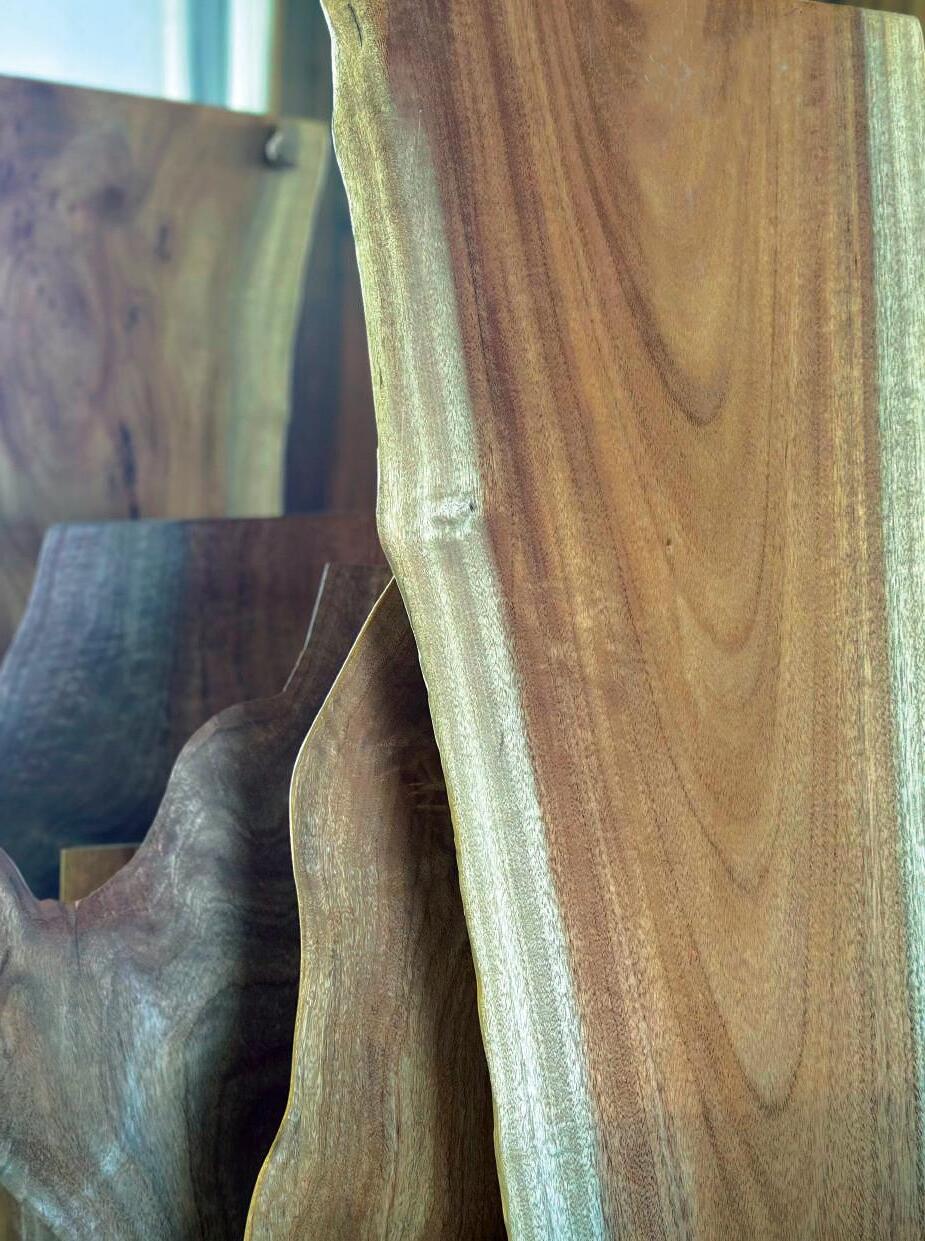





Design
Technical drawings
Architectural drawings
Furniture detailing
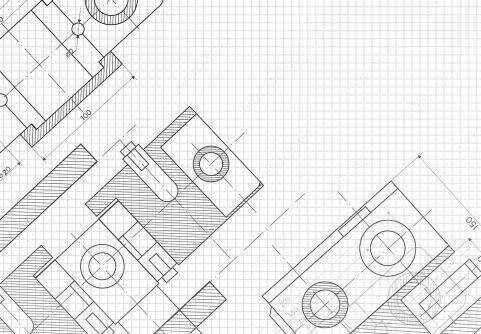
Show us your plans and we’ll design accordingly
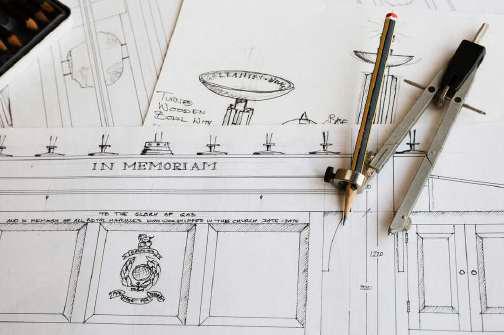
Detailed design of your custom piece.
Timber processing
Timber Sourcing
Custom Milling
Kiln Drying
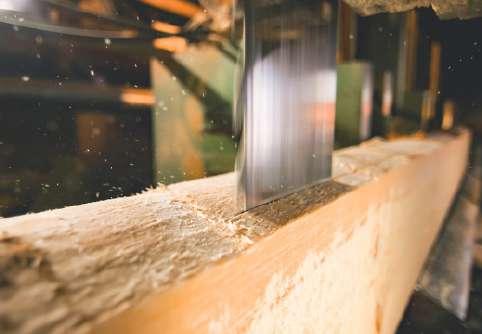
Milling a timber slab
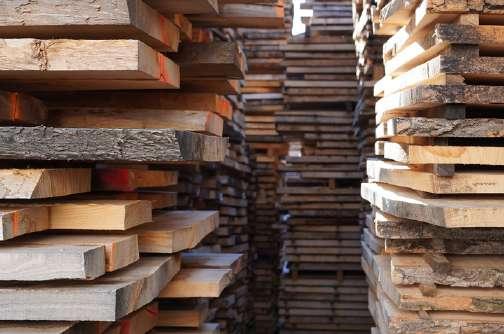
Variety of sourced hardwood
Machining
Wide Belt Sanding
Timber dressing, jointing, thicknessing
Routing
Cabinet making
Woodturning
Custom Resin
Laminating
Moulding / Profiling (custom profiling)
Korean & Japanese Traditional Joinery
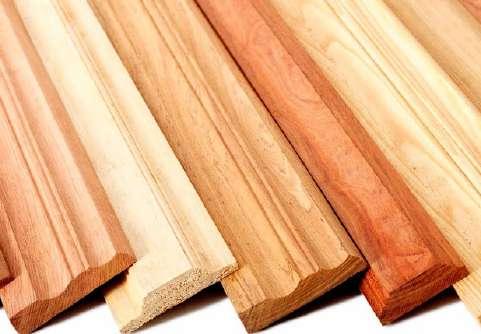
Send us your profile and we’ll custom make it.
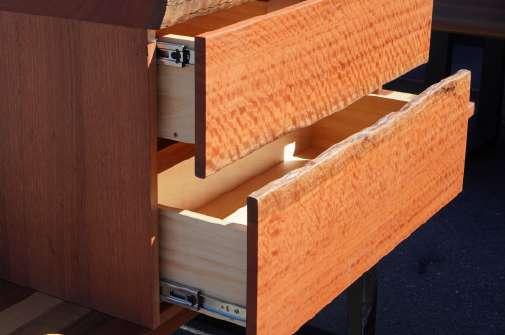
Custom design cabinetry built by us.

Finishing
Staining
Hard Wax Oiling
Outdoor Varnishing
Ceramic coating (Indoor/outdoor)
Epoxy Resin coating
Two Pack Polishing
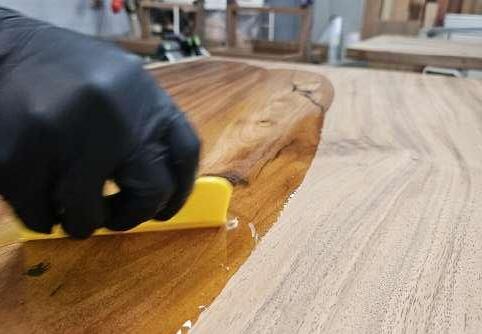
Finishing a timber slab
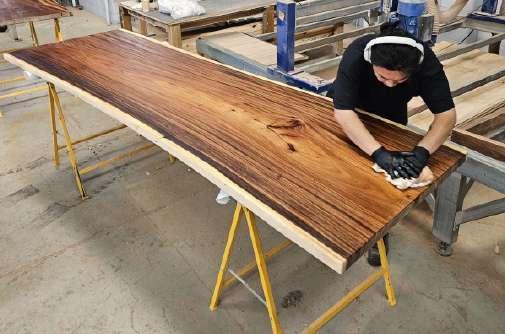
Multiple coats to ensure longevity

Our policy
Sourcing wood slabs sustainably is crucial for preserving our forests and ecosystems. By opting for sustainably harvested or reclaimed wood, we ensure minimal impact on natural habitats and biodiversity. Sustainable practices include selecting suppliers certified by authorized organizations. These methods not only safeguard against deforestation but also support local communities dependent on forest resources. Moreover, choosing reclaimed wood reduces the demand for new timber extraction, thus lowering carbon emissions associated with logging and transportation. Ultimately, prioritizing sustainable wood slabs aligns with environmental conservation efforts, promoting a healthier planet for current and future generations.
Reclaimed wood refers to lumber that has been salvaged from old buildings, bridges, warehouses, or other structures no longer in use. This wood is repurposed for new applications rather than being discarded or left to decay. One of the primary benefits of using reclaimed wood is its environmental impact reduction. By reusing existing materials, the demand for new timber extraction and logging is minimized, thereby preserving forests and natural habitats. Reclaimed wood also embodies a unique aesthetic appeal with its weathered patina, character-rich imperfections, and historical significance, adding a sense of authenticity and charm to architectural and interior design projects. Additionally, utilizing reclaimed wood supports sustainable practices by reducing landfill waste and the carbon footprint associated with processing and transporting new materials. This approach not only contributes to environmental conservation but also promotes a sense of connection to the past, making it a popular choice among eco-conscious consumers and designers alike.


CINNAMOMUM CAMPHORA PROPERTIES
Appearance
A beautiful, often honey coloured timber, camphor laurel heartwood varies widely in colour from pale to mid brown and is often streaked with darker brown or red. The sapwood has many colours ranging from almost white to dark browns and reds. The timber’s grain is usually interlocked with a moderately fine and even texture.
Common Applications
Commonly used for turning and slab type furniture, camphor laurel is often employed in fine furniture design. It is recommended for use as kitchen benchtops, tables and shelves, as well as internal lining boards and turned or hand-carved bowls.
All camphor laurel wood features a characteristic camphor smell that repels moths and other insects, making it perfect for clothes storage cabinets. Camphor also has antibacterial properties prized for use in crafting handsome chopping and carving boards.
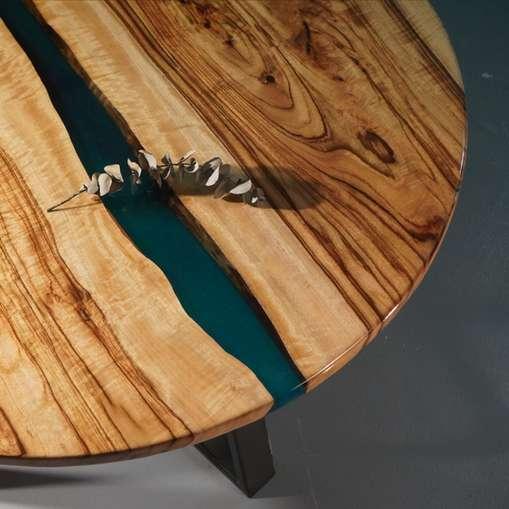
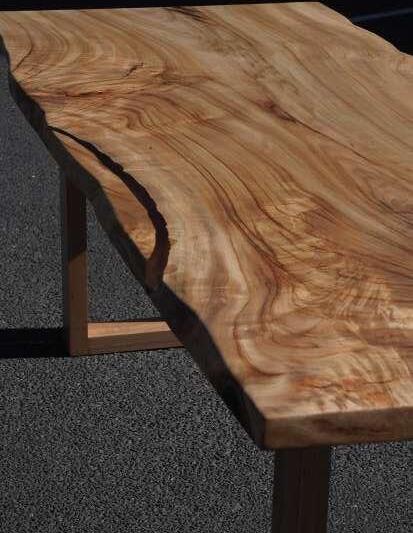
yrs Brown, mottled, streaky
Strong dark grain against a yellow base

GRAIN
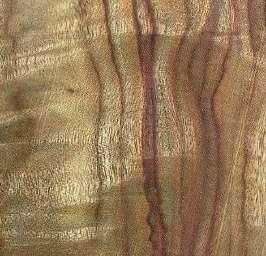
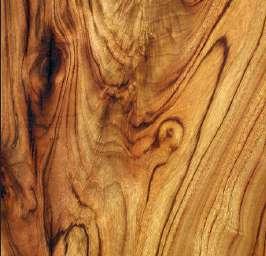
ORIGIN: QLD/NSW
Appearance
The heartwood of Sydney blue gum ranges in colour from dark pink to reddish brown. The paler sapwood is readily distinguishable. Grain is typically straight with occasional interlocking. Texture is moderately coarse and gum veins are common.
Sydney blue gum timber is an important general construction timber, particularly in New South Wales. It is widely used for flooring, cladding, fencing, panelling and boat building. Other common applications include landscaping (as garden sleepers), furniture and joinery.
Sydney blue gum is easy to work, dress and fix. It responds well to most finishes and takes a good polish, making it popular for decorative applications where moderate durability is required.

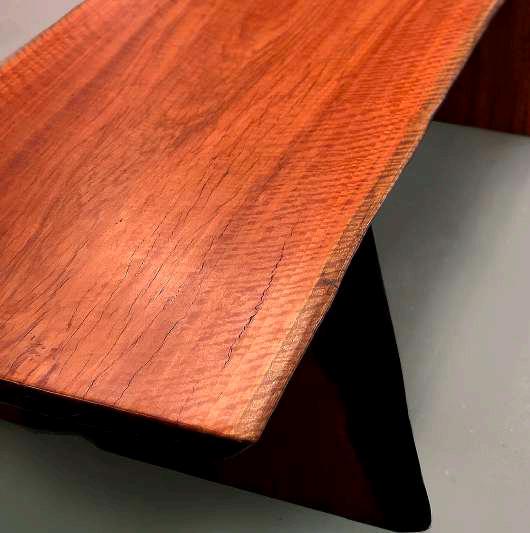
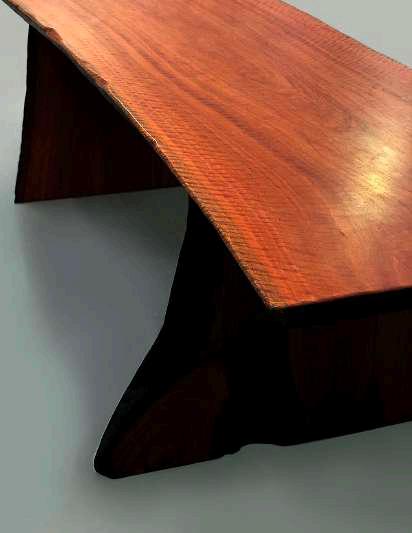
15 - 40 yrs Light to dark red Straight, occasional interlocking of grain
840kg/m3
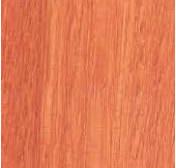
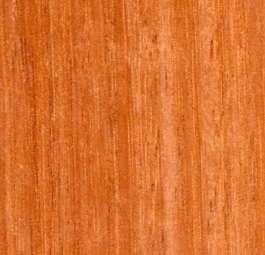
ORIGIN: QLD
Appearance
Blackbutt has an even texture. The grain can be interlocked but it is generally straight, making it appealing for interior use applications such as flooring and joinery. The heartwood ranges from golden yellow to pale brown, although occasionally a slight pinkish colour may be present. The sapwood, which is not always easy to distinguish, is much paler in appearance. Small gum veins may also be visible.
Blackbutt is a versatile timber and is used for structural, exterior and interior applications. In New South Wales and southern Queensland it is very popular for timber framing but is also used for cladding, internal and external flooring, decking, joinery, landscaping and furniture. Blackbutt is also used in the manufacture of plywood.
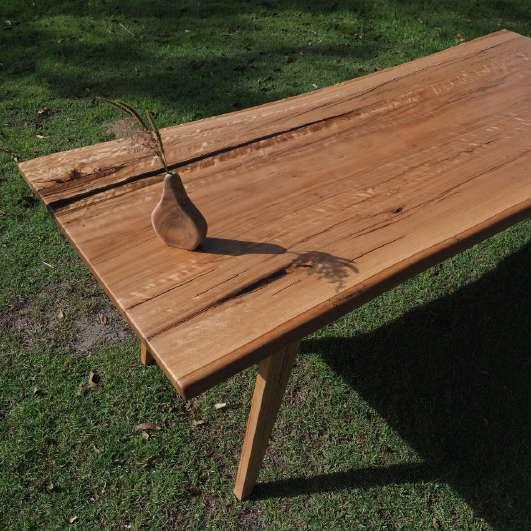
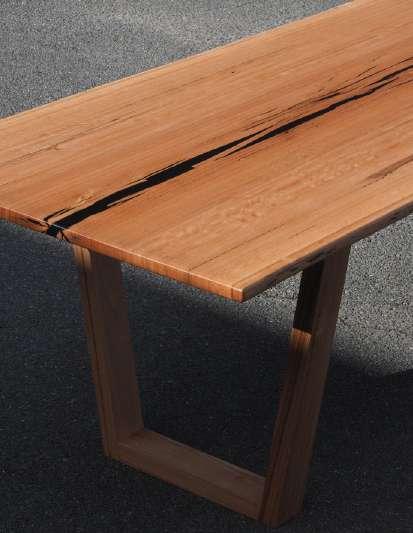

yrs
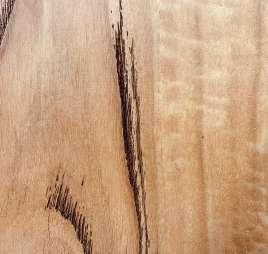
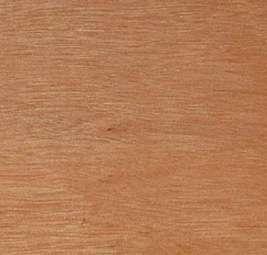
ORIGIN: QLD


Appearance
River red gum is so named for its brilliant red wood, which can range from a light pink through to almost black, depending on the age and weathering of the timber. The timber can be somewhat brittle to handle, and its texture is moderately coarse and even. Its interlocked grain and ever-present gum veins add to its appearance, but may make it difficult to work. The high incidence of cross-grain can also make hand working complex. River red gum has recently been recognised in craft furniture. Its deep red colour and distinctive fiddle-back figure make it a popular timber for wood turners and cabinetmakers alike.
Common Applications
Traditionally, river red gum is used in rot resistant applications, as stumps, fence posts and sleepers. Its colour and distinctive figure have more recently become popular for decorative furnishing. This widely available timber has been used in domestic decks, exposed hardwood structures as well as internal fit-outs, joinery and in furniture. River red gum is well suited to garden landscape structures such as retaining walls and garden beds. It is excellent for non-domestic decks and timber flooring as well as structural applications.
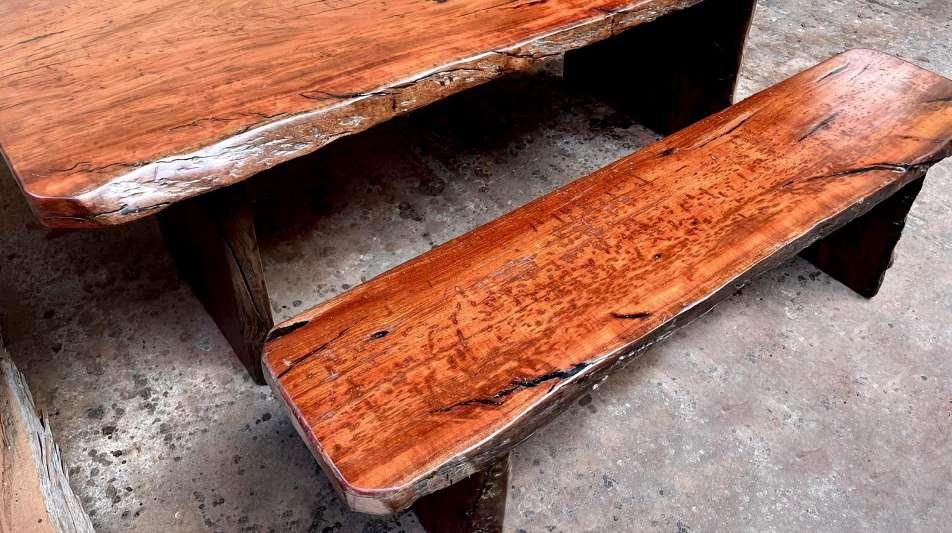
More than 40 yrs above ground Light to dark red Interlocked with frequent gum veins
910kg/m3
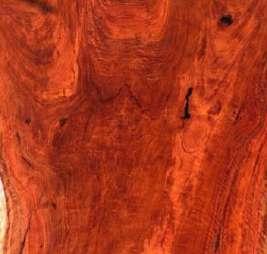
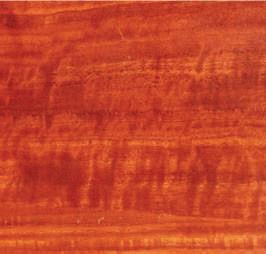

Appearance
A shade tree with striking pink wood, the Queensland maple’s pink to brownish pink heartwood makes for a distinctive appearance that finishes well. The narrow sapwood band is coloured white to pale grey. Its texture is medium and uniform with a variable grain, sometimes featuring interlocked, wavy or curly fibres.
The Queensland maple has a place in Australian history, having been used for general building framing around the early 1900s, and more commonly in flooring, lining mouldings and joinery. Maple has also featured prominently in light boat building for planking, decking, sawn frames, stringers, chines, gunwales and marine plywood. Australia’s heritage and restored transport has been the destination for much maple, where it has been shaped into aeroplane propellers, coach, vehicle and carriages. It has also been prized for draughtsman’s implements, gunstocks, musical instruments and walking sticks. Today, it is used more commonly for distinctive furniture pieces, plywood, shop and office fixtures, joinery, turnery, carving, inlay work and picture frames.
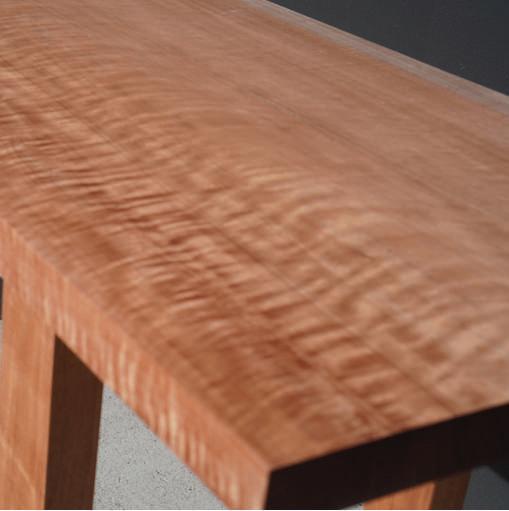
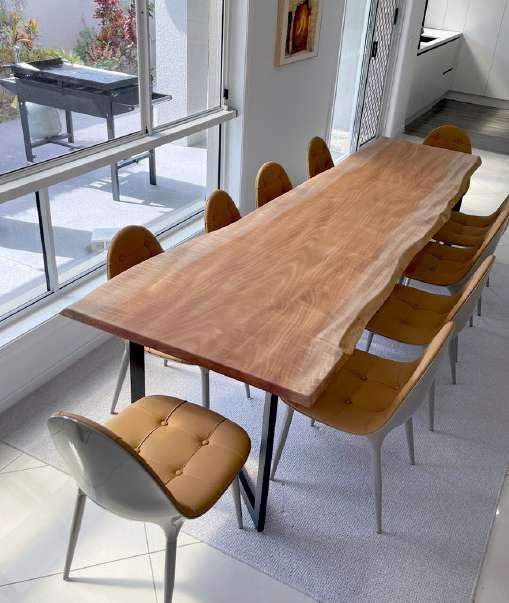
7-15 yrs Pink to pink brown Interlocked, wavy or curly, with a uniform texture 560kg/m3
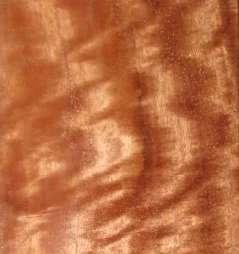
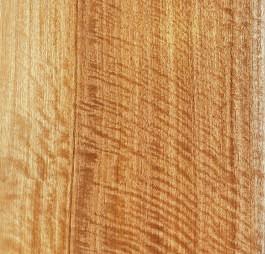
ORIGIN: QLD

Appearance
Spotted gum timbers are available in a range of colours depending on the location of the source forest. The heartwood ranges from light brown through definite browns to deep red-brown hues. Sapwood is white to light brown in colour and can be up to 50mm wide. Spotted gum is a moderately coarse and uneven textured wood with some timbers having the additional feature of a wavy grain, giving rise to an attractive fiddleback figure.
Spotted gum has a long history of use in engineering applications such as wharf and bridge construction, railway sleepers, cross-arms and mining timbers. It is used for a variety of applications, including structural building members, such as posts and poles, and for framing, flooring, lining, decking and cladding. It is also used in boatbuilding and is the primary Australian timber used for the handles of tools and implements that are subject to high impact forces. Spotted gum is a suitable carving and woodturning timber and is used in the manufacture of both indoor and outdoor furniture. Outdoor furniture in spotted gum has consistently won industry awards in Australia and is exported to destinations around the world.
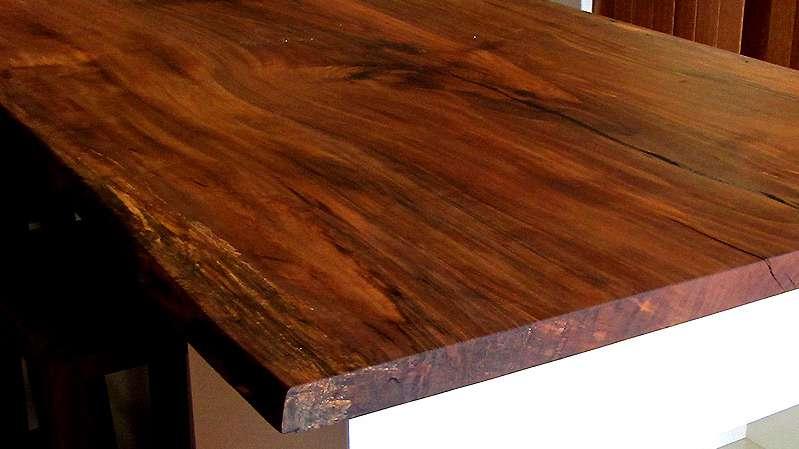

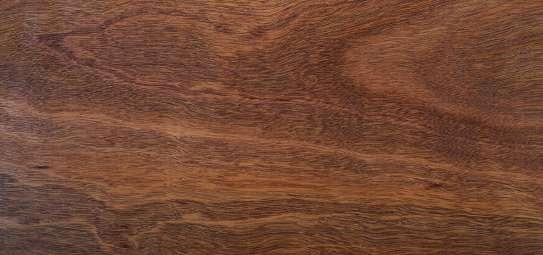
Appearance
Heartwood ranges from pale pink to a deeper reddish brown, sometimes with streaks of medium to dark reddish brown. Colors darken with age. Quartersawn surfaces exhibit a ribbon-stripe appearance.
Veneer, plywood, turned items, furniture, boatbuilding, and interior trim. Generally easy to work, though tearout can be a problem if the grain is interlocked. May stain and react with iron-based fasteners in damp conditions. Glues, turns, and finishes well.

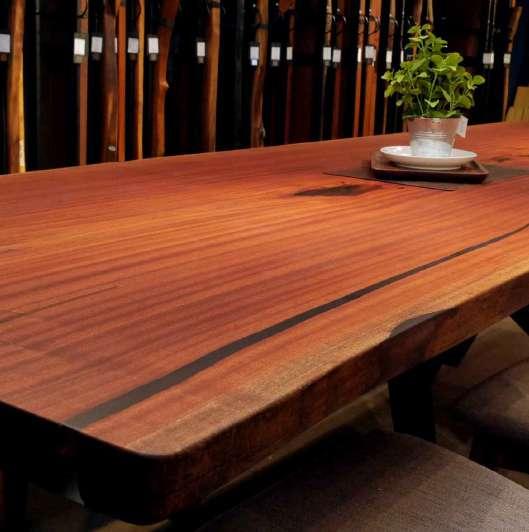
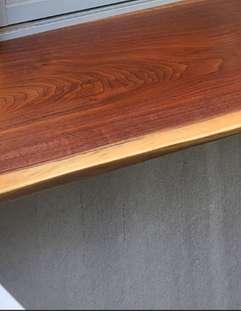
Pale pink to a deeper reddish brown Straight to interlocked 850kg/m3
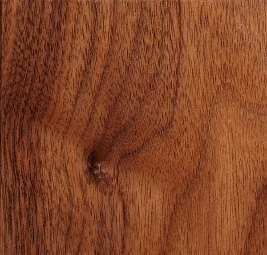
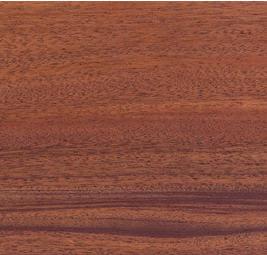
ORIGIN: NORTHERN TERRITORIES

Appearance
Blackwood timber is sought after for its impressive appearance and finish qualities. The heartwood is a rich, golden brown, sometimes complimented by reddish streaks or a narrow band of darker colour, indicative of the growth rings. The sapwood can be up to 50mm wide and is much paler in appearance. Even-textured, blackwood grain can either be straight or have a wavy, fiddleback pattern, which is valued for furniture and veneers.
Blackwood is commonly used for interior-based applications such as decorative veneers, panelling, furniture, joinery and flooring. It is an attractive and durable interior-based timber but has low in-ground durability so it is not ideal for external applications. Other applications include carving, turning, flooring, boat building and gunstocks.
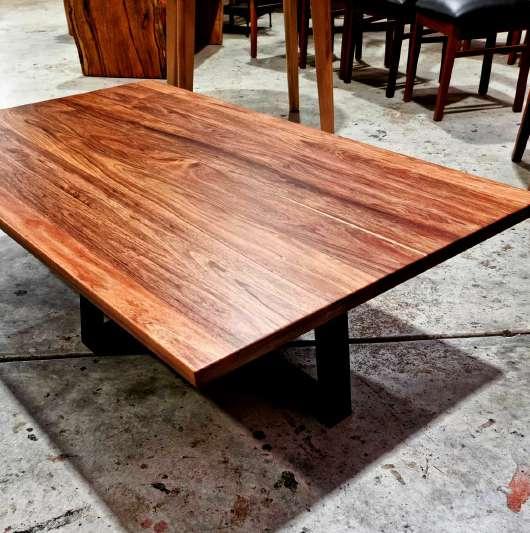
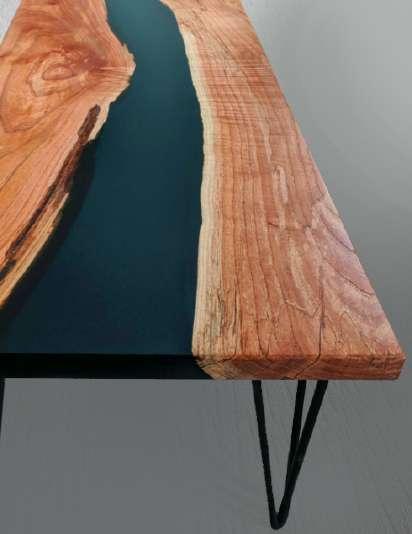
Pink to pink brown
Straight or have a wavy fiddleback pattern

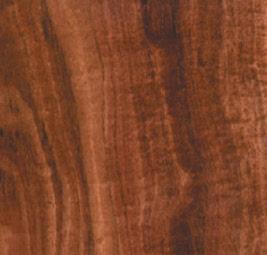
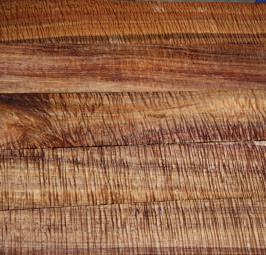
Appearance
Because of the spalting that is commonly present, the wood can be a kaleidoscope of colors. Under normal circumstances, heartwood is a golden brown, while other colors such as yellow and streaks of pink and/or black can also occur. Paler sapwood is not always clearly defined. Curly or mottled grain patterns are also common.
Common Applications
Furniture, ukuleles, veneer, plywood, turned objects, and flooring. Known much more widely for its fruit, mango trees also yield beautiful and valuable lumber. The wood is considered very eco-friendly, as some mango plantations harvest the trees for lumber after they have completed their useful fruit-bearing lifespan.

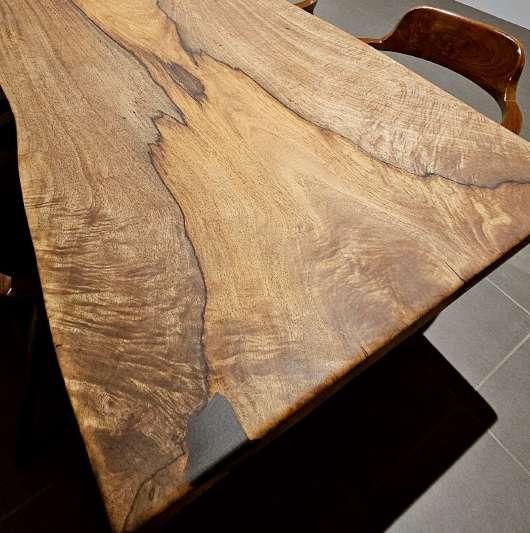
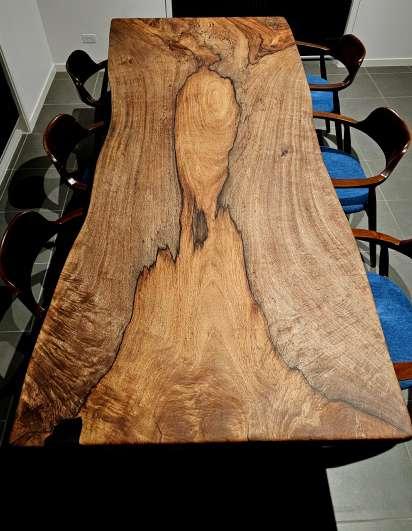
Golden brown with streaks of yellow/black/pink
Straight or interlocked
675 kg/m3
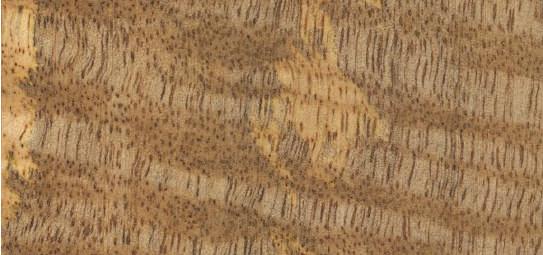

Appearance
Jarrah is renowned for its rich red colours that deepen over time. The heartwood ranges from deep browns to burgundy hues. Jarrah sapwood exhibits shades from pale yellow to pink-orange. The timber displays a moderately coarse and even textured grain. The occasional incidence of wavy and interlocking grain produces some samples with a sought after fiddle-back figure.
Common Applications
Jarrah has a history of use in engineering applications such as wharf and bridge construction, railway sleepers, cross-arms, piles, and for road bases. Its structural applications include posts and poles, framing, flooring, lining, decking and cladding.
A highly versatile timber, jarrah can also be used for woodturning, making it useful in the manufacture of high quality indoor furniture and weather resistant outdoor furniture that stands the test of time. The wood is also prized by luthiers for creating guitar and banjo necks.
Jarrah, recently, can only be sourced as reclaimed wood, therefore making it rarer.
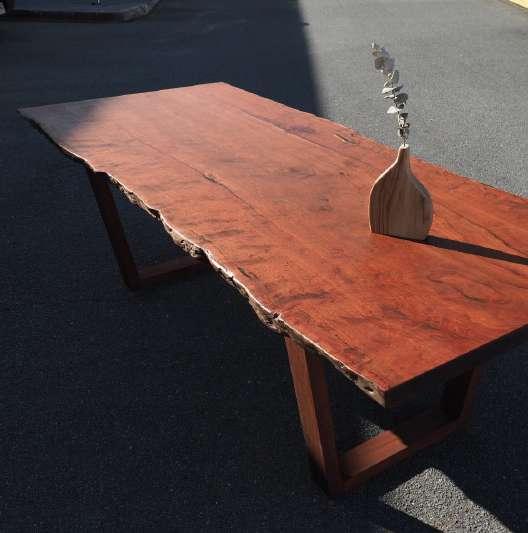
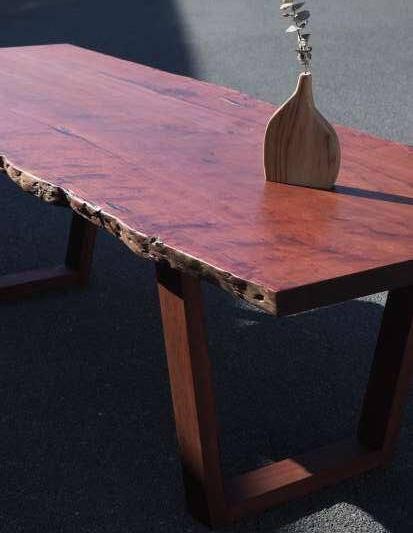
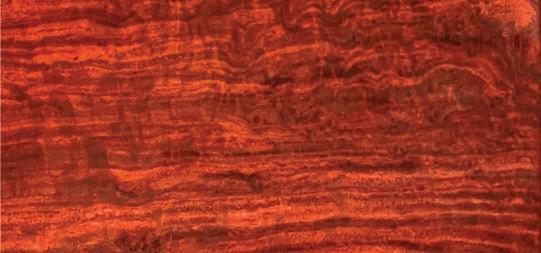
ORIGIN: WESTERN AUSTRALIA

Appearance
Marri's yellow to pale brown heartwood and paler to white sapwood contrast beautifully with the dark red gum that features on the tree's trunk. It has a coarse but even texture with slightly interlocked grain. The finished timber is honey-coloured with a distinctive vein structure.
Marri is popularly used for household and fine furniture and makes attractive flooring. It can also be used for general construction, handles, oars and sporting equipment, while preservative treated marri is useful for piles, poles and posts. Durability
yrs
Light to dark red
Slightly interlocked grain.
Gum veins are common
855kg/m3
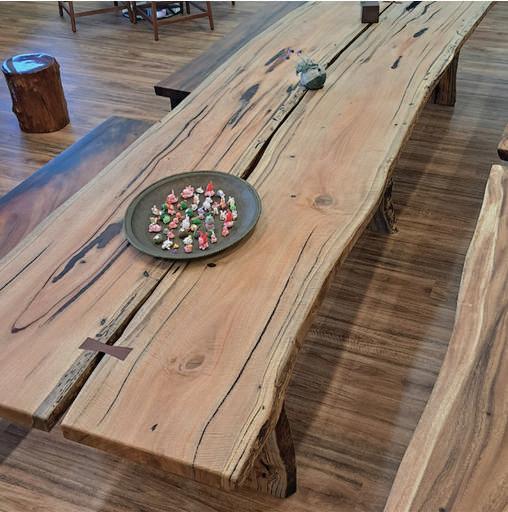
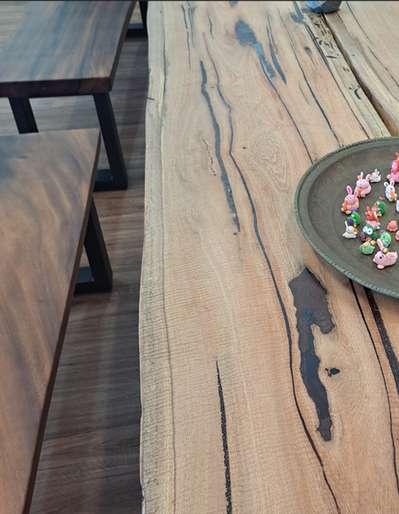
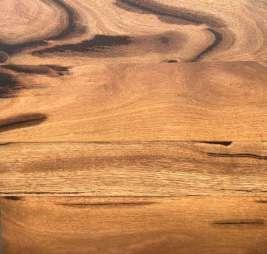
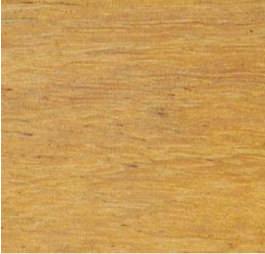
ORIGIN: WESTERN AUSTRALIA

Appearance
Heartwood is a light to medium reddish brown with grey to light brown rays. Like other woods that exhibit the strongest figure in quartersawn pieces, (such as Sycamore), Silky Oak has the most pronounced figure and displays the largest flecks when perfectly quartersawn; this is due to the wood’s large medullary rays, whose layout can be seen the clearest when looking at the endgrain.
Common Applications
Veneer, cabinetry, fine furniture, musical instruments, turned objects, and other small specialty items. Overall a fairly easy wood to work with, though there may be some difficulty in planing, with tearout occurring. Northern Silky Oak also has a medium to high blunting effect on cutting edges. Glues and finishes well.

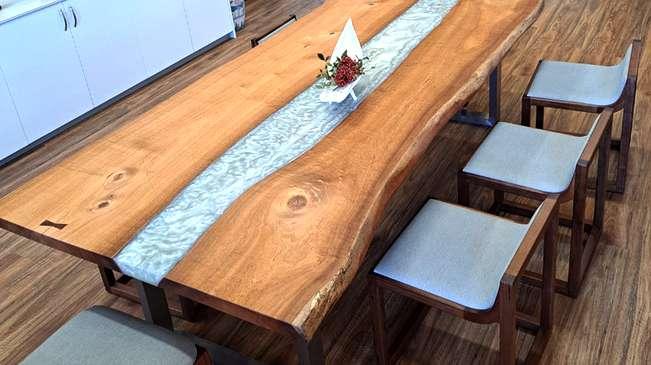
GRAIN
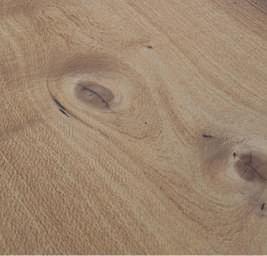
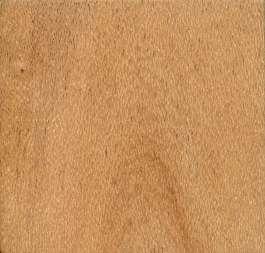
ORIGIN: QLD
Appearance
Heartwood is a light to medium reddish brown with grey to light brown rays. Like other woods that exhibit the strongest figure in quartersawn pieces, (such as Sycamore), Silky Oak has the most pronounced figure and displays the largest flecks when perfectly quartersawn; this is due to the wood’s large rays, whose layout can be seen the clearest when looking at the endgrain.
Common Applications
Veneer, cabinetry, fine furniture, musical instruments, turned objects, and other small specialty items. Overall a fairly easy wood to work with, though there may be some difficulty in planing, with tearout occurring. Southern Silky Oak also has a moderate blunting effect on cutting edges. Glues and finishes well.

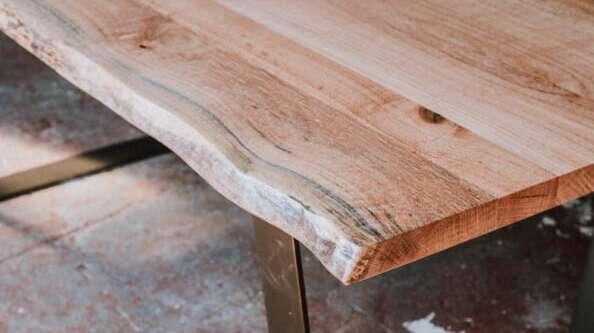
Durability
Color
Grain
Density 7-15 yrs
Light to medium reddish brown
Straight grain.
590 kg/m3
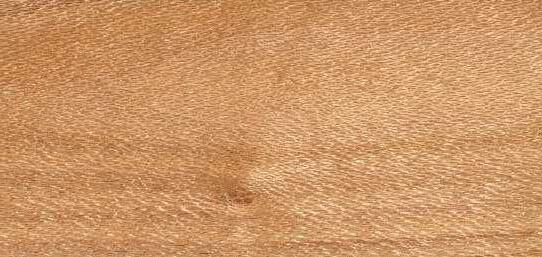
ORIGIN: QLD





Appearance
Color tends to be a golden to dark brown, sometimes with darker streaks. Sapwood is usually thin and yellow/white, clearly demarcated from the heartwood. Monkeypod is sometimes seen with highly figured curly or wild grain patterns.
Common Applications
Veneer, plywood, millwork/trim, carving, cabinetry, furniture, musical instruments (guitars and ukuleles), and other small specialty wood items. Monkeypod is generally easy to work with both hand and machine tools, though any interlocked grain may result in fuzzy or torn grain during planing operations. Glues and finishes well.

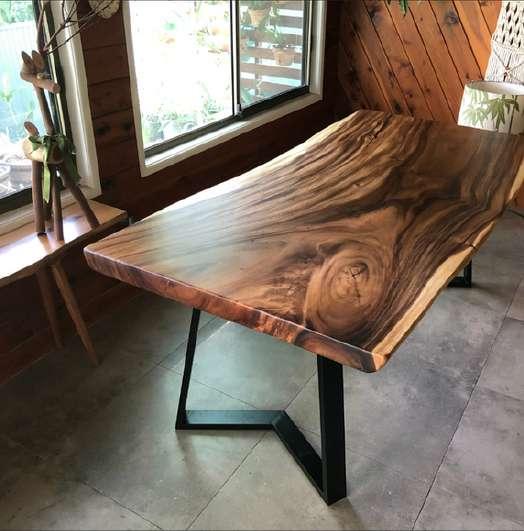
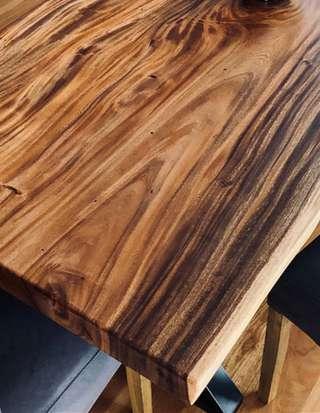
Durability
Color
Grain
Density 15-25 yrs
Golden to dark brown with darker streaks
Straight to interlocked
600kg/m3
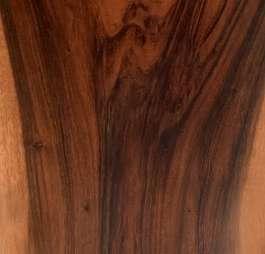
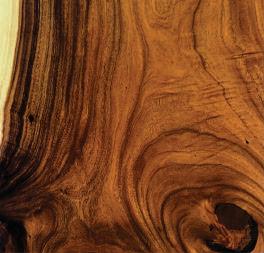

Appearance
When freshly cut the heartwood of purpleheart can be a dull grayish/purplish brown. Upon exposure—usually within a few days—the wood becomes a deeper eggplant purple. With further age and exposure to UV light, the wood becomes a dark brown with a hint of purple. This color-shift can be slowed and minimized by using a UV inhibiting finish on the wood
Common Applications
Inlays/accent pieces, flooring, furniture, boatbuilding, heavy construction, and a variety of specialty wood items. Working with purpleheart can present some unique challenges: if the wood is heated with dull tools, or if cutter speeds are too high, purpleheart will exude a gummy resin that can clog tools and complicate the machining process. Depending on the grain orientation, can be difficult to plane without tearout. Purpleheart also has a moderate dulling effect on cutters.
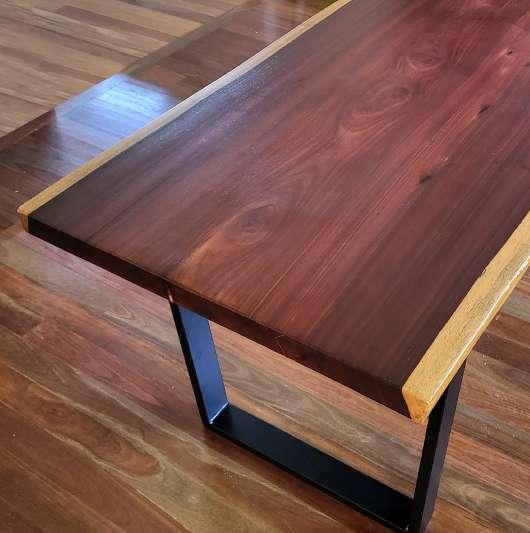
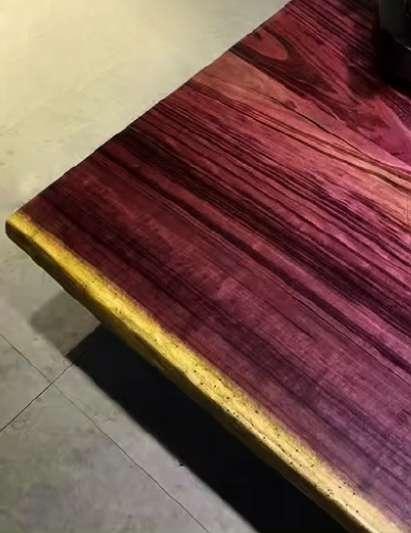
Density 15-40 yrs
Greyish purple, browns with age and exposure to light
Straight with some wavy parts
905kg/m3
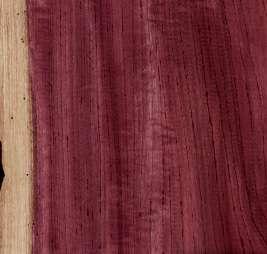
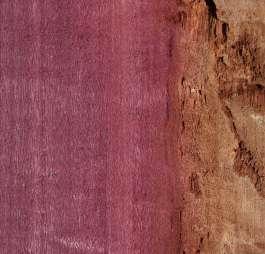
ORIGIN: SURINAME
Appearance
Heartwood is a golden to dark reddish brown. Color tends to darken with age. Besides the common ribbon pattern seen on quartersawn boards, sapele is also known for a wide variety of other figured grain patterns, such as: pommele, quilted, mottled, wavy, beeswing, and fiddleback.
Veneer, plywood, furniture, cabinetry, flooring, boatbuilding, musical instruments, turned objects, and other small wooden specialty items. Sapele can be troublesome to work in some machining operations, (i.e., planing, routing, etc.), resulting in tearout due to its interlocked grain. It will also react when put into direct contact with iron, becoming discolored and stained. Sapele has a slight blunting effect on cutters, but it turns, glues, and finishes well.

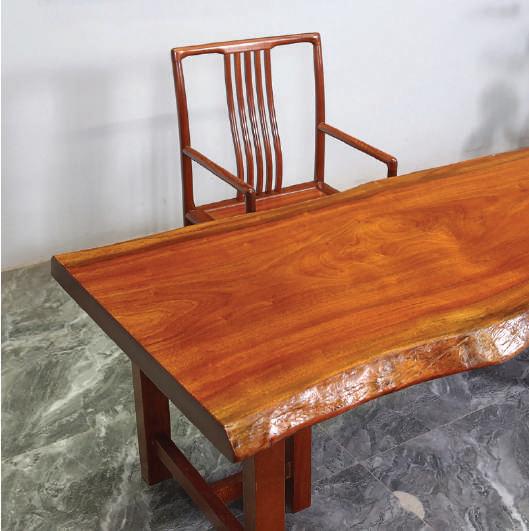
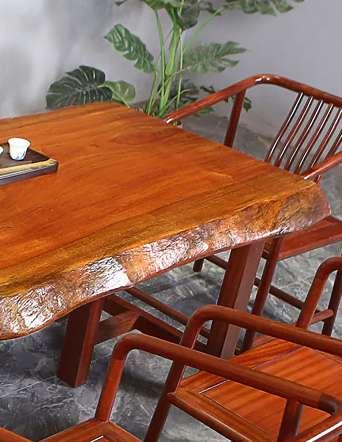
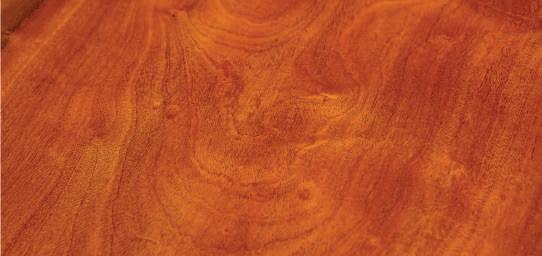
Appearance
Heartwood is reddish brown varying to shades of yellow. Sapwood is usually pale yellow to white. Bark is grey to red-brown, thick, rough, deeply fissured and sheds in small flakes. Grain is generally straight. Often pronounced difference in colour between earlywood and latewood results in a very distinctive figure (pattern) when back-sawn.
Common Applications
furniture, outdoor furnishings (preservative-impregnated), plywood, joinery, turnery, carving. general purpose softwood used as dressed, seasoned timber in general house framing, flooring, lining, joinery, mouldings and laminated beams; preservative-impregnated timber in sawn or round form in fencing, pergolas, landscaping, retaining walls, playground equipment; manufacture of Scrimber.
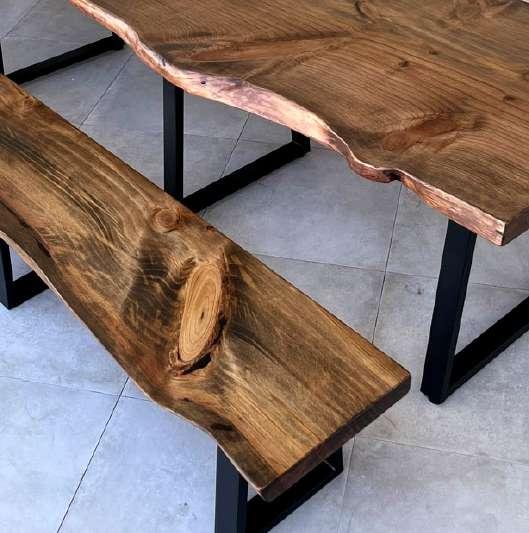
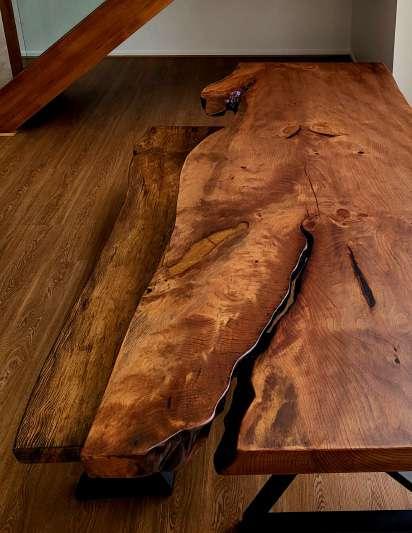

brown varying to shades of yellow
Generally straight
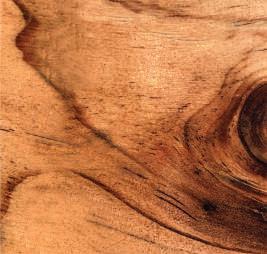
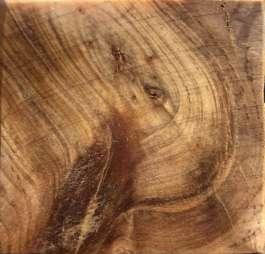
ORIGIN: AUSTRALIA, NEW ZEALAND
Appearance
American black walnut heartwood ranges from light to dark chocolate brown in colour, sometimes with narrow streaks with a purplish or darker brown tone. In comparison, sapwood is a distinctive creamy white. Black walnut is a finely grained timber, often with attractive swirls and wave patterning, especially around knotty areas. The heartwood lightens in colour as it ages, especially when it is exposed to UV light.
American black walnut is an exceptional cabinet and furniture making timber due to its attractive appearance. The timber is also used for doors, flooring, joinery, mouldings and turnings. In Australia, black walnut is typically available as a veneer and used for paneling and cabinetry.
GRAIN
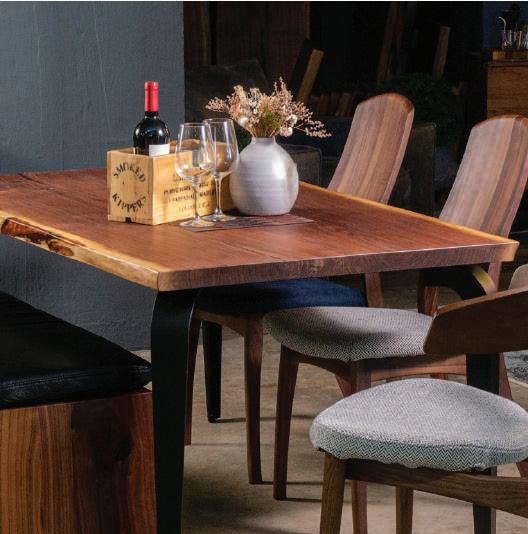
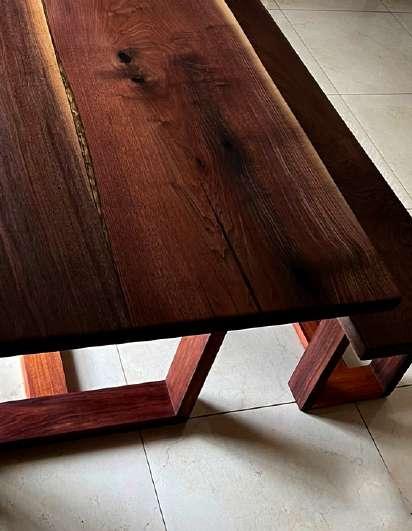
15-40 yrs
Brown, chocolate, mottled or streaky
Interlocked, and sometimes wavy
615kg/m3
ORIGIN: NORTH AMERICA
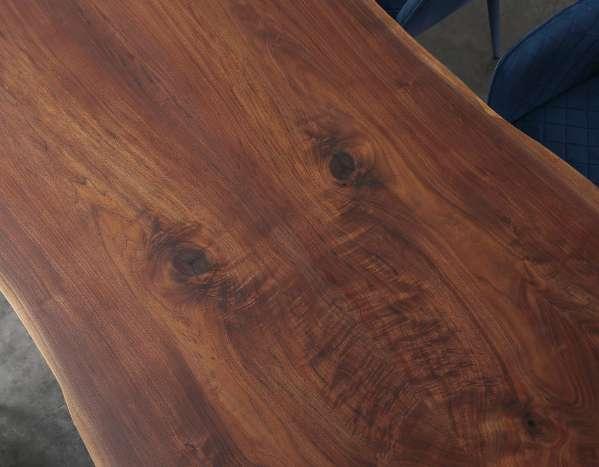

Appearance
Heartwood can range from a lighter pale brown to a dark chocolate brown with darker brown streaks. Color can sometimes have a gray, purple, or reddish cast. Sapwood is nearly white. Wood from orchard trees that have been grafted with English Walnut (Juglans regia) may have a colorful/streaked appearance near the graft, which is sometimes referred to as “marbled Claro Walnut.” Claro Walnut can occasionally also be found with figured grain patterns such as: curly, crotch, and burl.
Common Applications
Furniture, cabinetry, gunstocks, musical instruments, veneer, turned items, and other small wooden objects and novelties. Typically easy to work provided the grain is straight and regular. Planer tearout can sometimes be a problem when surfacing pieces with irregular or figured grain. Glues, stains, and finishes well, (though walnut is rarely stained).
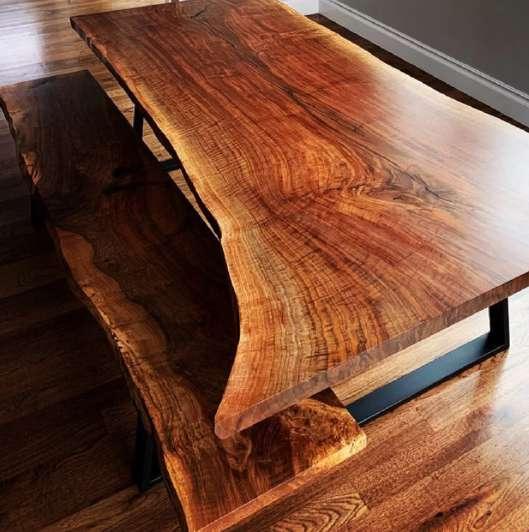
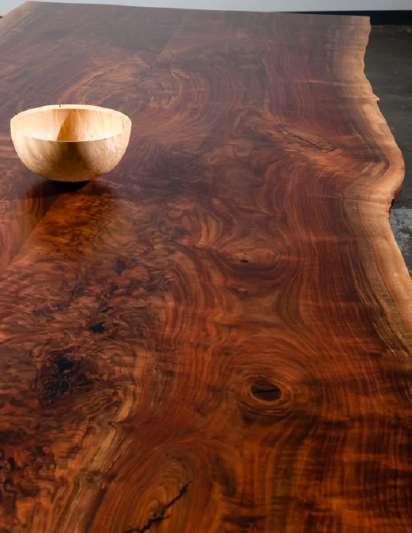
Lighter pale brown to a dark chocolate brown
Usually straight, but can be irregular

GRAIN
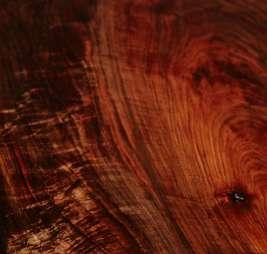
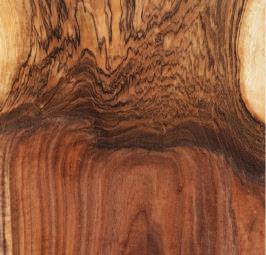
ORIGIN: NORTH AMERICA

Appearance
The heartwood of American white oak is pale yellow-brown to mid-brown, sometimes with a pink tinge. The sapwood is light coloured. It is mostly straight grained with a medium to coarse texture, and with longer rays and more figure than red oak. It has large distinctive growth rings and some medullary rays may be present.
Common Applications
In the United States American white oak is used for a wide variety of purposes, including structural, exterior and interior applications, and in the making of vats for spirits and wine. Due to its interesting and prominent grain pattern and consistency of colour throughout the range of subspecies marketed as American white oak, it is a popular species for flooring, and in Australia is mostly for this purpose and for joinery and furniture.
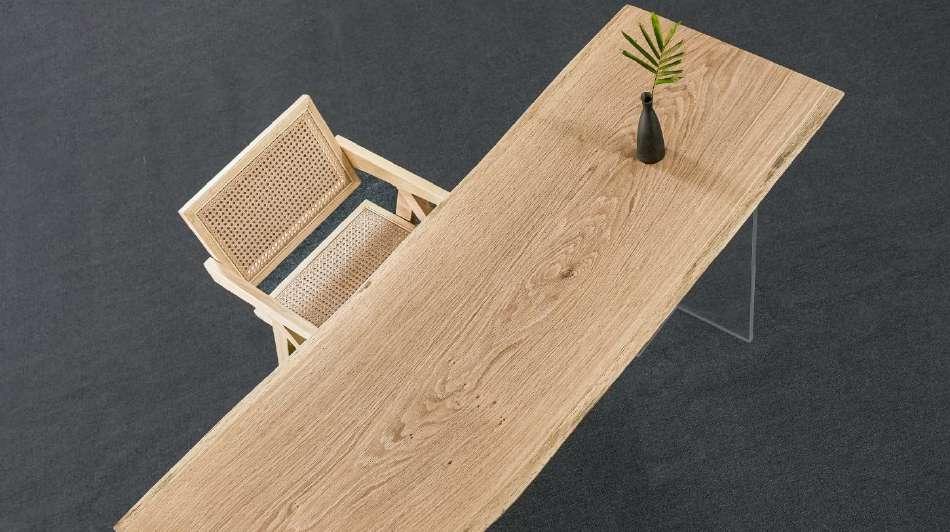
Durability
Color
Grain
Density 7-15 yrs
Brown, chocolate, mottled or streaky
Medium to coarse texture, with longer rays
750kg/m3
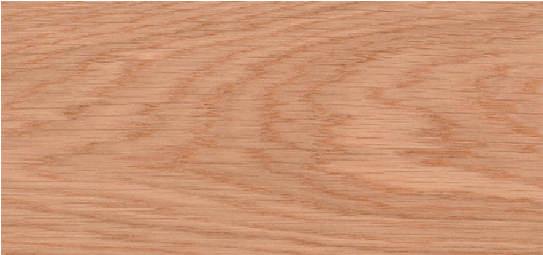
ORIGIN: NORTH AMERICA
ZELKOVA

Appearance
Heartwood is light to medium golden brown, usually distinct from the lighter yellowish brown sapwood. Quartersawn sections can display minute ray fleck patterns due to the wide rays. Overall appearance is very similar elm
Common Applications
Used domestically within its natural range, usually for decorative purposes such as furniture, carvings, and lacquer works. Currently, the wood is reserved for historically-accurate restoration of ancient temples and shrines within its natural range. Easy to work with both hand and machine tools. Turns, glues, and finishes well.
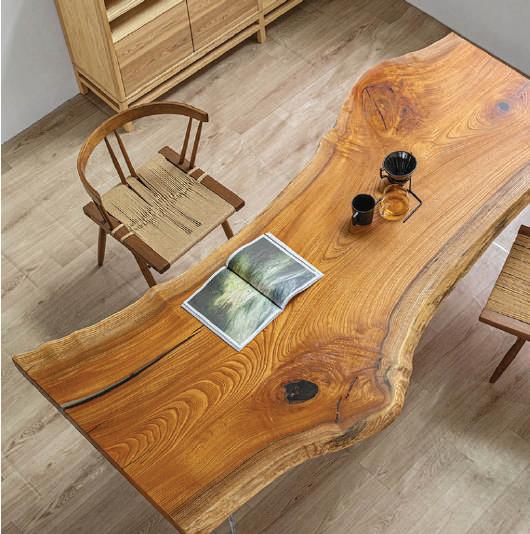
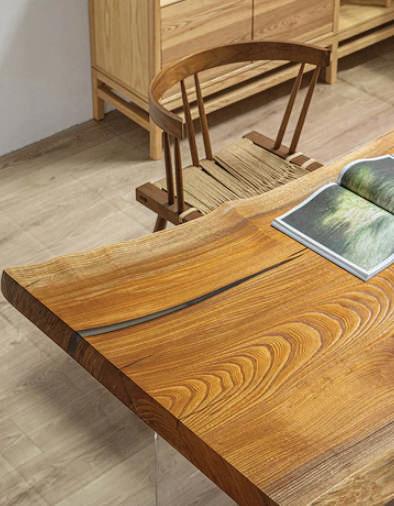
Light to medium golden brown
Straight to irregular and interlocked.
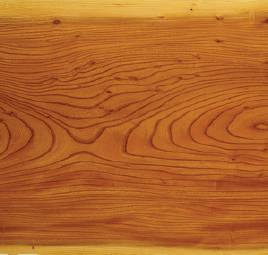
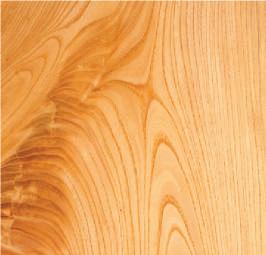
ORIGIN: JAPAN
Appearance
This wood has a very small heart area that is deep brown or black, which makes it clear why this is in the ebony family. The wood is generally only available as sapwood, which is creamy white, sometimes mottled with gray, and very hard and tough and resistant to wear but with a large movement in service. Used for golf club heads because of extremely high shock resistance.
Common Applications
Turned objects, golf club heads, veneer, and other small specialty wood items.Overall workability is so-so. Persimmon generally responds well to hand tools, but can be difficult to plane and blunts cutting edges faster than expected. Turns and finishes well.

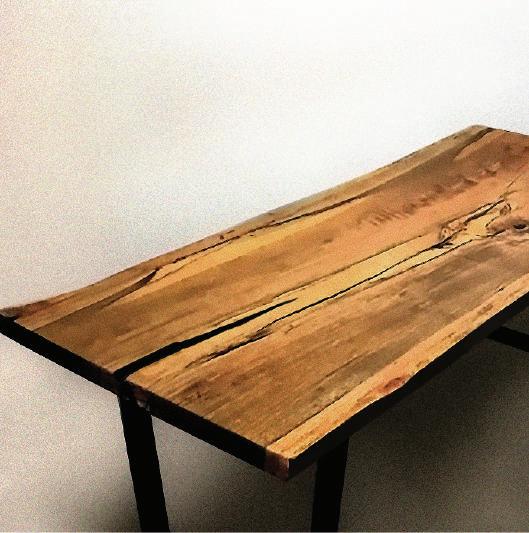
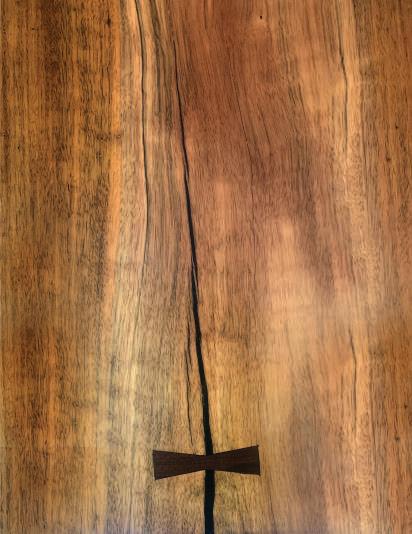
15-25 yrs
Deep brown or black
Varied grain from blotchy to straight depending on tree.
835kg/m3
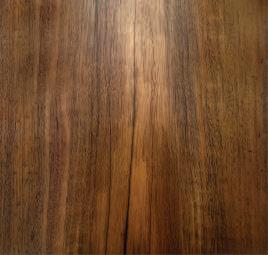
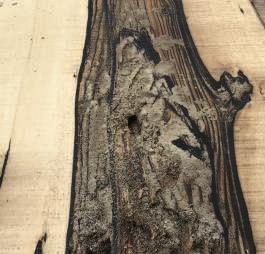
Appearance
Heartwood is buff-coloured, pale red or brown to dark brown, sometimes banded or with dark streaks, not sharply demarcated from pale brown sapwood; grain straight, occasionally wavy; texture fine to coarse; wood fairly lustrous.
Used for making furniture ornaments, legs for bedsteads, boat ribs, agricultural instruments, tool handles. In Korea, the wood is used to make the body of the taepyeongso, a double-reed wind instrument. The wood is also used to make Go bowls, beads, violin parts and other lathe-turned items.

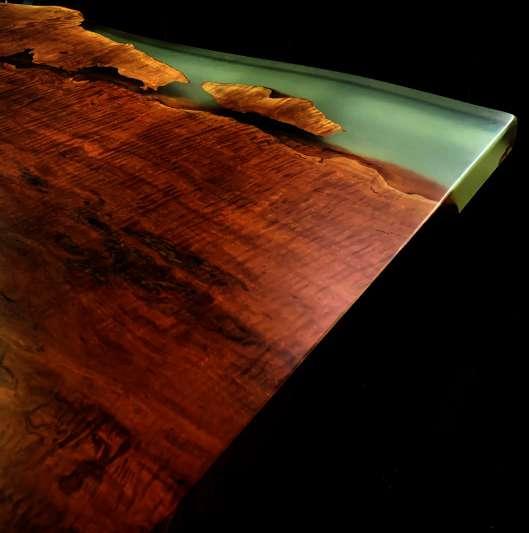
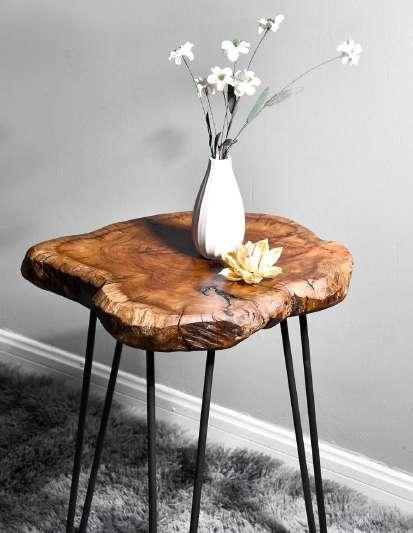
Density 15-40 yrs
Bright reddish brown
Interlocked and wavy with swirls
535-1080kg/m3
GRAIN
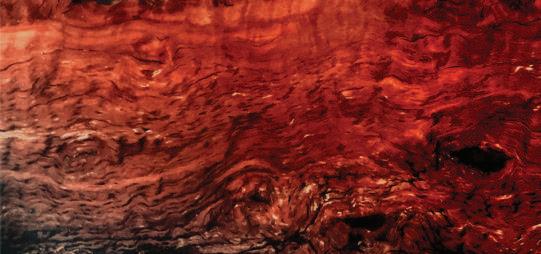
ORIGIN: INDONESIA
Appearance
The heartwood of teak is typically golden brown in colour, although grey and red tinges are not uncommon. The sapwood, a pale yellow, is visually distinct. Due to teak's high degree of ring porosity, longitudinal streaks and an uneven grain texture, ranging from coarse to smooth, are commonly present.
Common Applications
Perhaps best known for its use in boat building, teak has been extensively used for decking, rails, bulwarks, hatches, weather doors, and planking. It is also used for cooperage, pipes, and chemical vats. In general construction it is suitable for flooring, decking, framing, cladding, fascias and barge boards. Decorative uses of teak include indoor and outdoor furniture, parquetry, turnery, carving, lining and paneling.
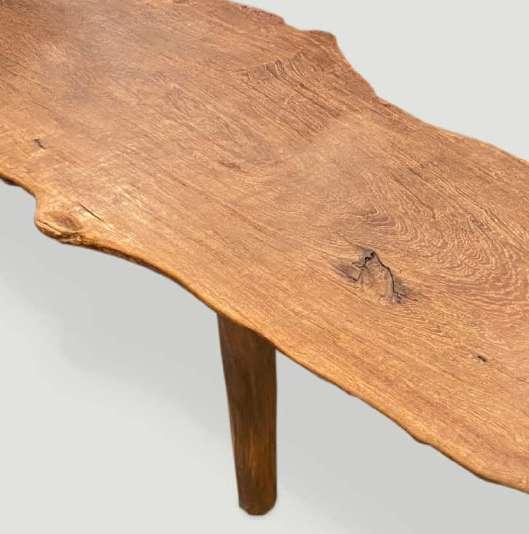
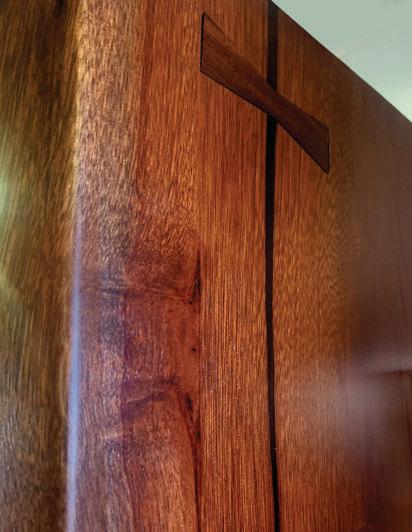
Durability
Color
Grain
Density

More than 40 yrs
Brown, chocolate, mottled or streaky
Usually straight, with longitudinal streaks
680kg/m3
GRAIN
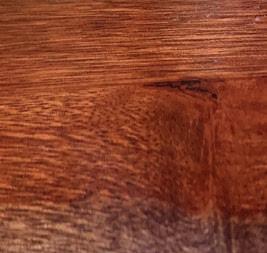
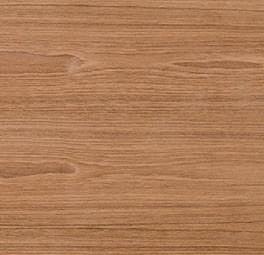
ORIGIN: MYANMAR

Appearance
Heartwood is a deep reddish brown, sometimes with a purplish hue—heartwood portions of Tamarind tend to be narrow and are usually only present in older and larger trees. The pale yellow sapwood is very wide and sharply demarcated from the heartwood. Spalting and other discoloration are very common in the sapwood, and the majority of the Tamarind available in the United States is spalted sapwood
Furniture, carvings, turned objects, and other small specialty wood items. Because of its density and interlocked grain, Tamarind is generally considered difficult to work. Heartwood also has a pronounced blunting effect on cutting edges. Turns, glues, and finishes well—the heartwood is able to take a high natural polish.
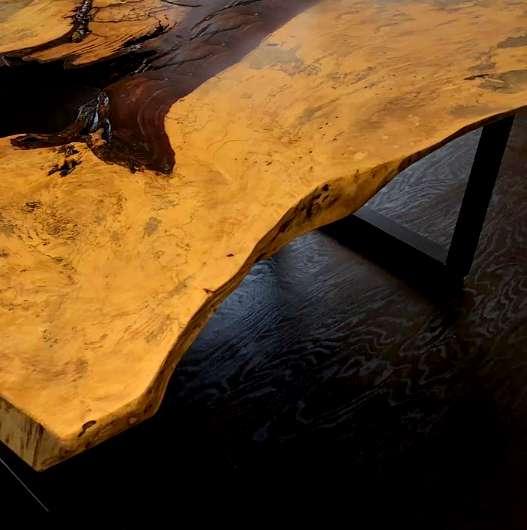
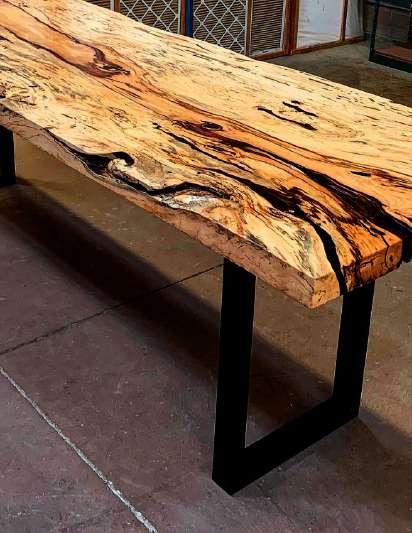
Durability
Color
Grain
Density 15-25 yrs
Pale yellow sapwood deep reddish heartwood
Wavy and interlocked with a medium uniform texture
850kg/m3
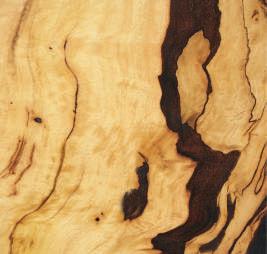
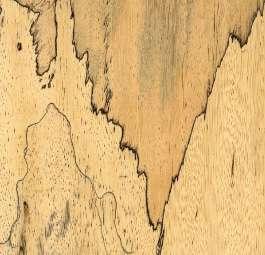
ORIGIN: INDONESIA
Appearance
Heartwood tends to be a light brown. Sapwood is a pale yellow to nearly white, and isn’t clearly demarcated, tending to gradually blend into the heartwood. This species also yields a unique burl that’s commonly sold as Mappa or Mapa.
Common Applications
Utility lumber, furniture carcasses, boxes and crates, plywood, and laminated construction lumber. Burls are used for drum shells, fine furniture, veneer, and inlays. Easy to work with hand and machine tools, though sharp cutters are necessary when planing to avoid fuzzy surfaces, (subsequent fine-sanding may be necessary to obtain a smooth surface). Wood has a tendency to warp and distort during drying. Glues and finishes well.

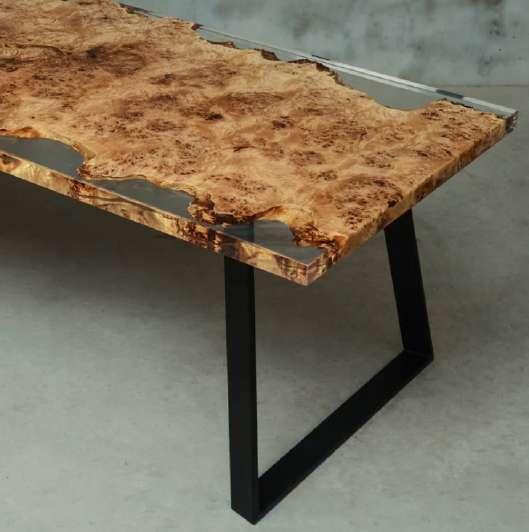
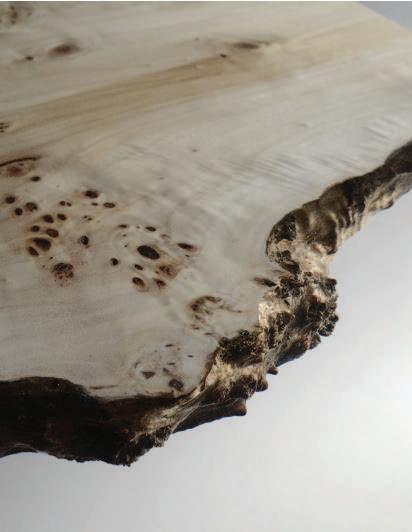
GRAIN
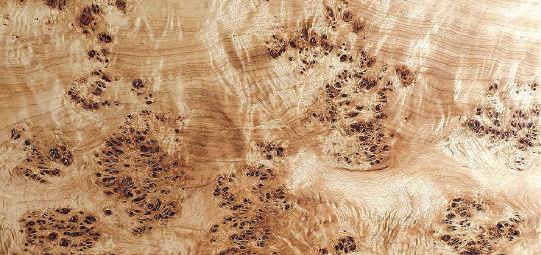
ORIGIN: EUROPE
MICROBERLINIA BRAZZAVILLENSIS
Appearance
Heartwood is a light brown or cream color with dark blackish brown streaks vaguely resembling a zebra’s stripes. Depending on whether the wood is flatsawn or quartersawn, the stripes can be either chaotic and wavy (flatsawn), or somewhat uniform (quartersawn).
Zebrawood is frequently quartersawn and used as veneer. Other uses include: tool handles, furniture, boatbuilding, and skis. The wood saws well, but can be very difficult to plane or surface due to the prevalence of interlocking grain. Tearout is common. Zebrawood glues and finishes well, though a transparent pore filler may be necessary for the large open pores which occur on both dark and light surfaces.

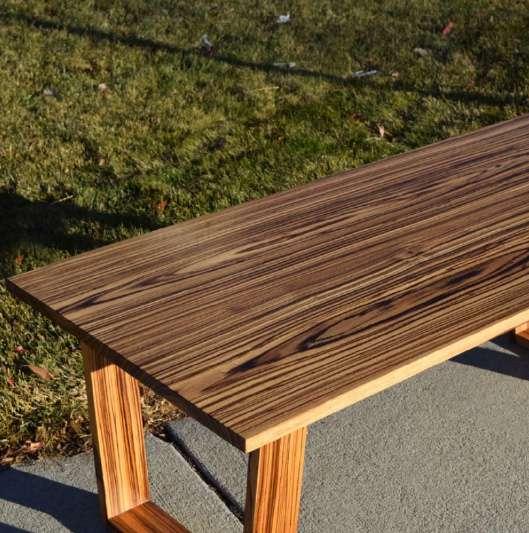
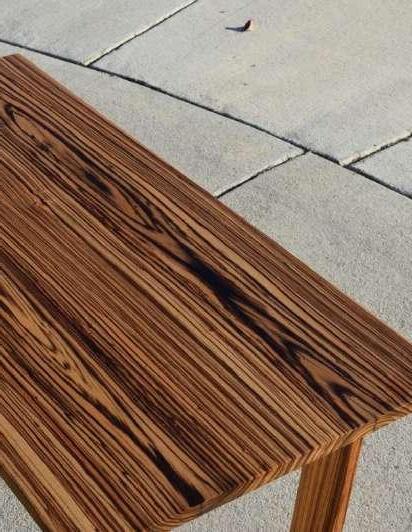
PROPERTIES
Light brown/cream color with blackish brown streaks
Wavy or interlocked
GRAIN
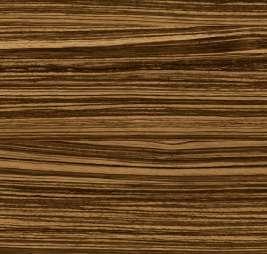
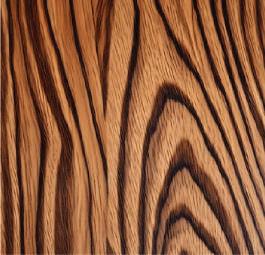
ORIGIN: WEST AFRICA

Appearance
The wood is lemon-scented, light pinkish-brown, with a rich, straight grain, and is highly rot-resistant. Hinoki is one of the most elegant types of wood in Japan. This tree is a type of cypress that is considered sacred and only grows in this part of the world
Common Applications
used as a material for building palaces, furniture, temples, shrines, traditional noh theatres, baths, table tennis blades and masu. The wood's natural fragrance is also highly valued and has been proven to have a calming and soothing effect on the mind and body.

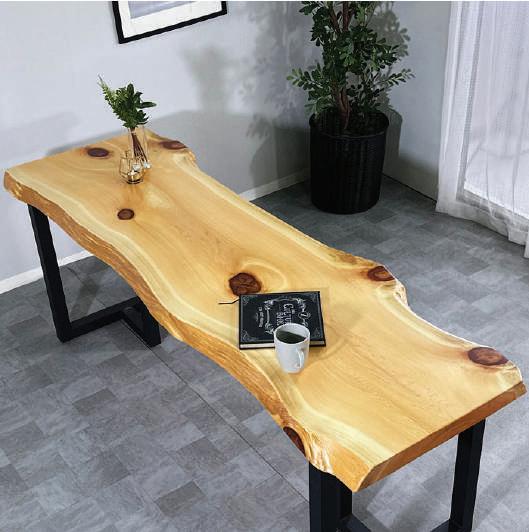
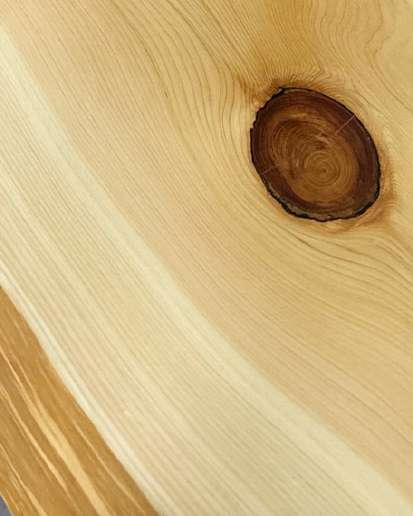
15-25 yrs Straight grain with swirls and knots
390-450kg/m3 Light pinkish to yellowbrown
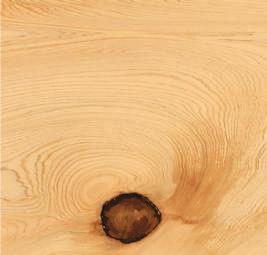
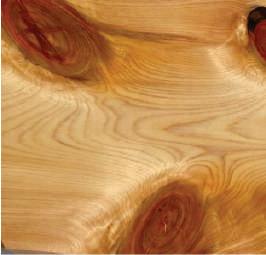
ORIGIN: JAPAN
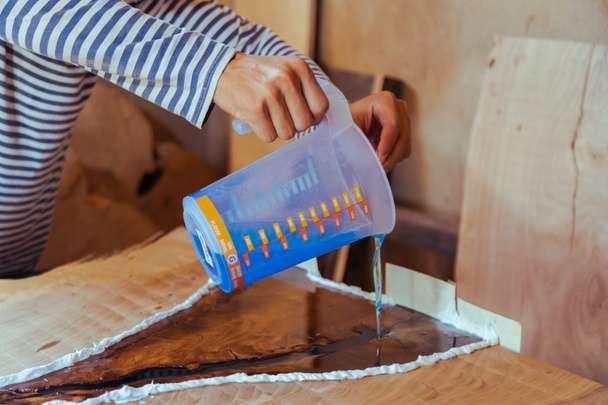
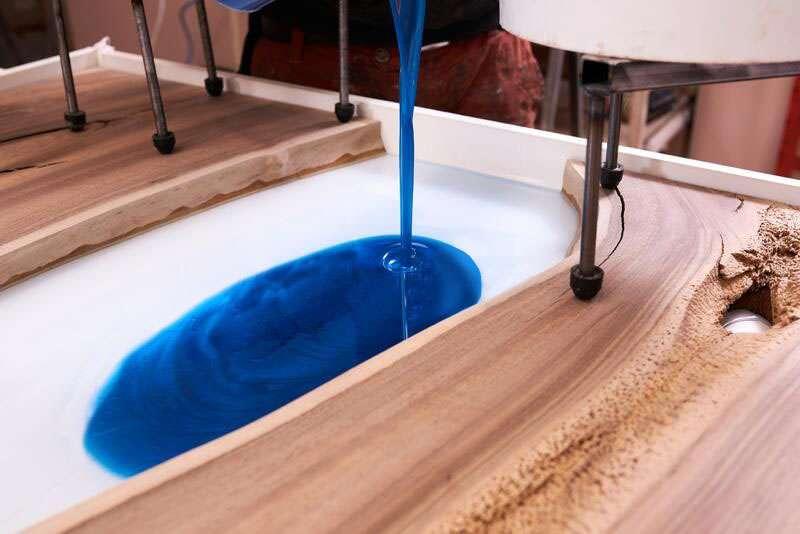


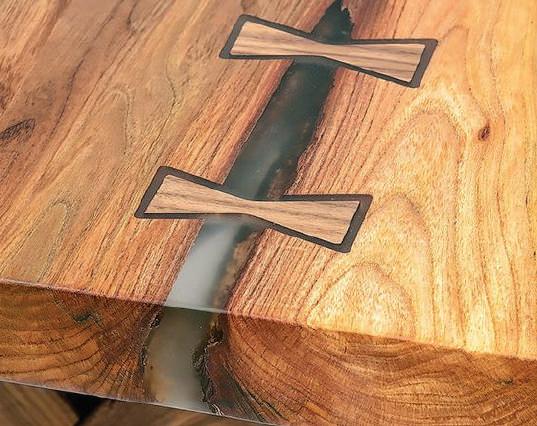
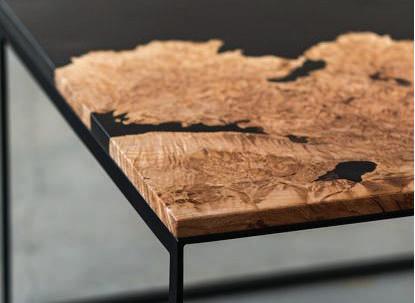
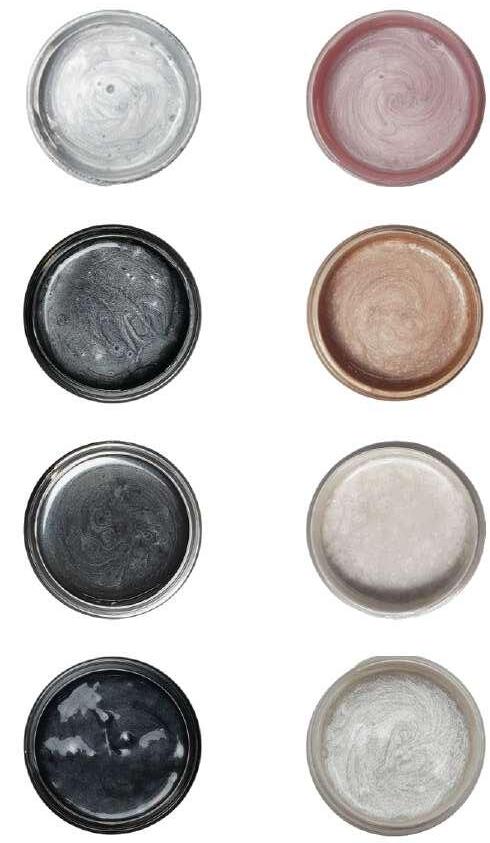
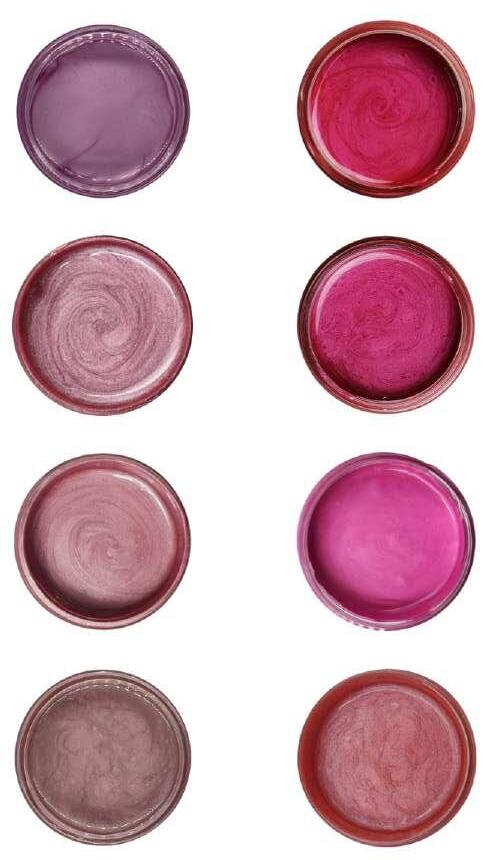

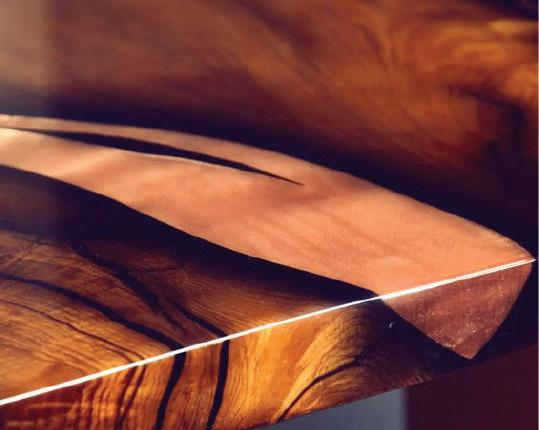
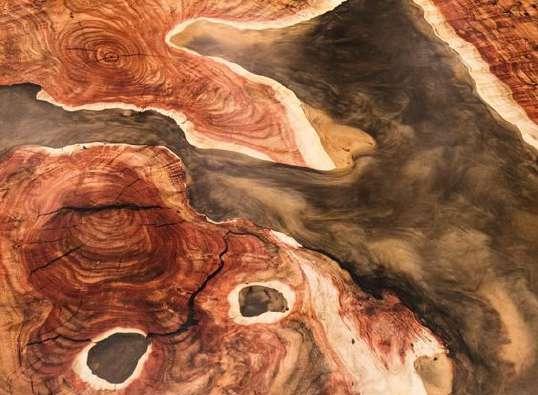
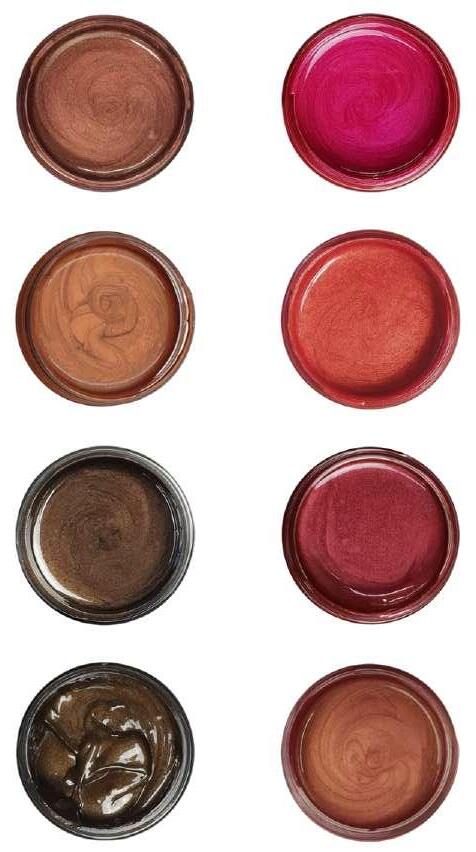
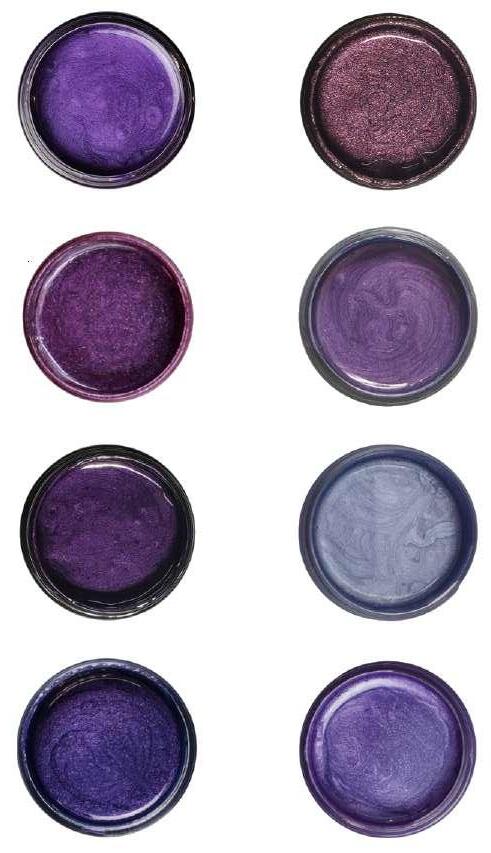


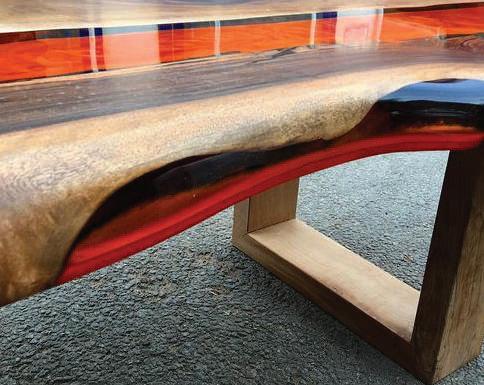
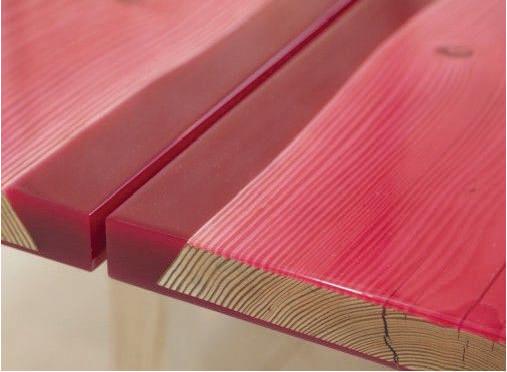
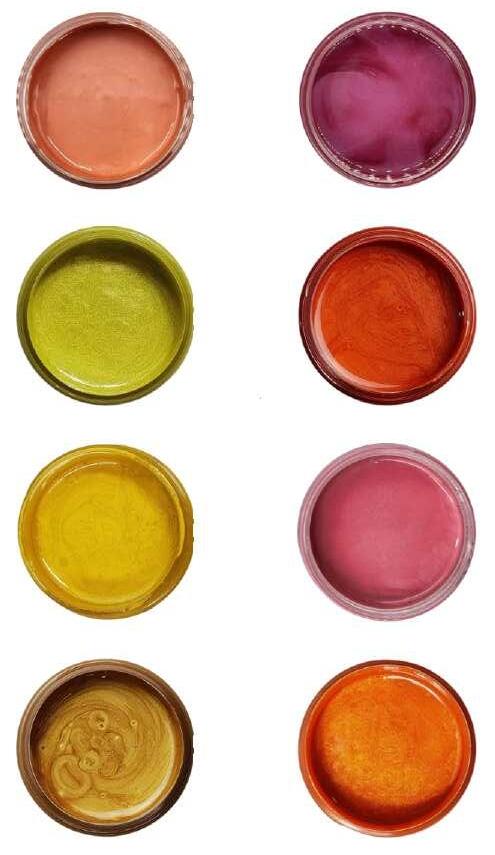



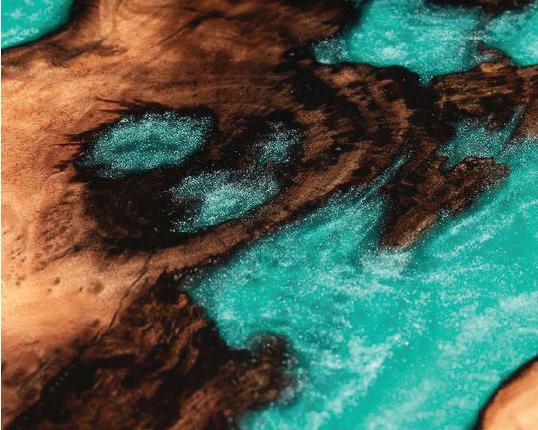
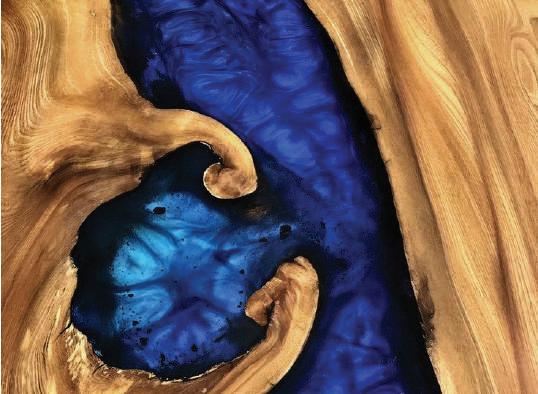
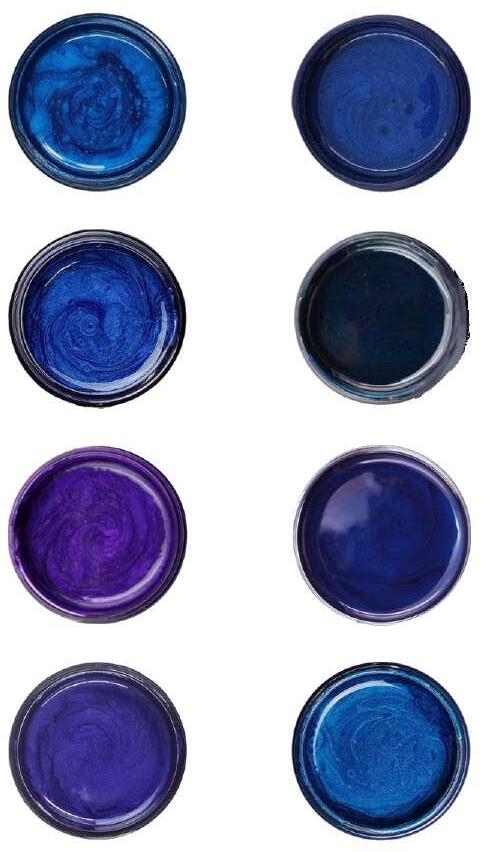
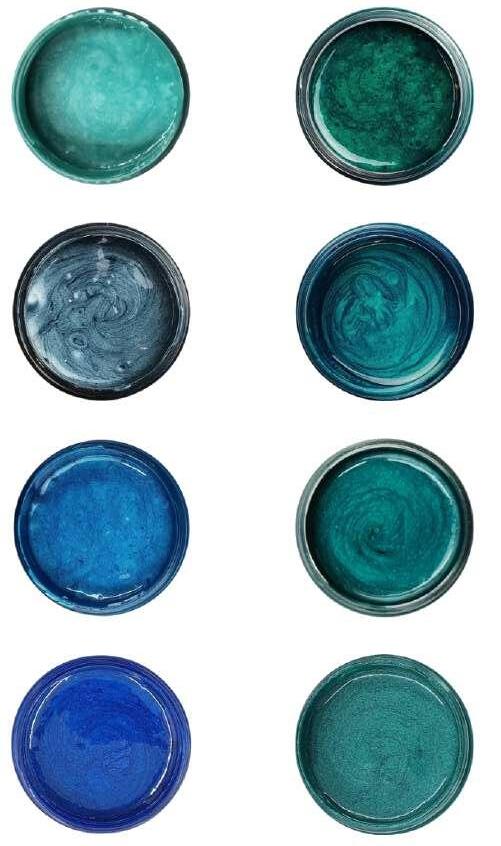

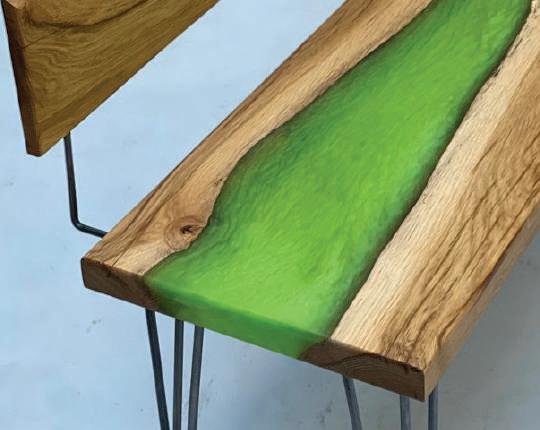
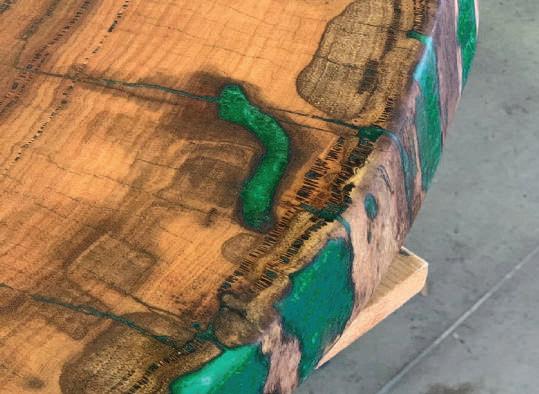
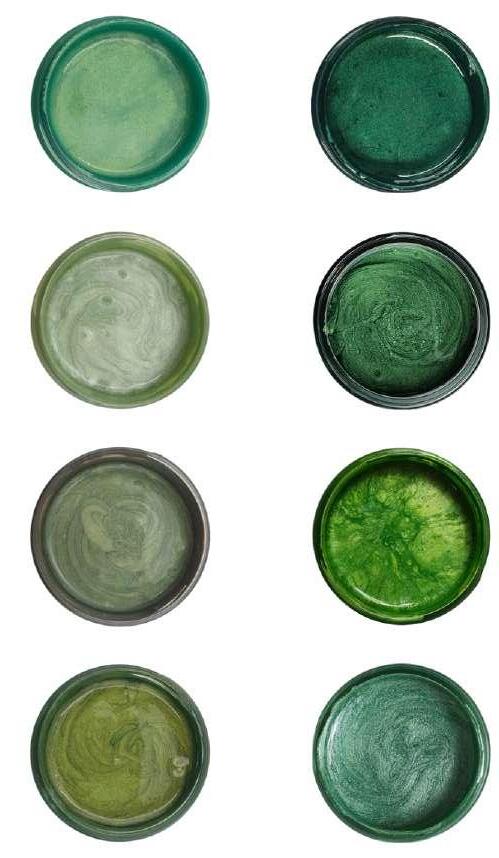


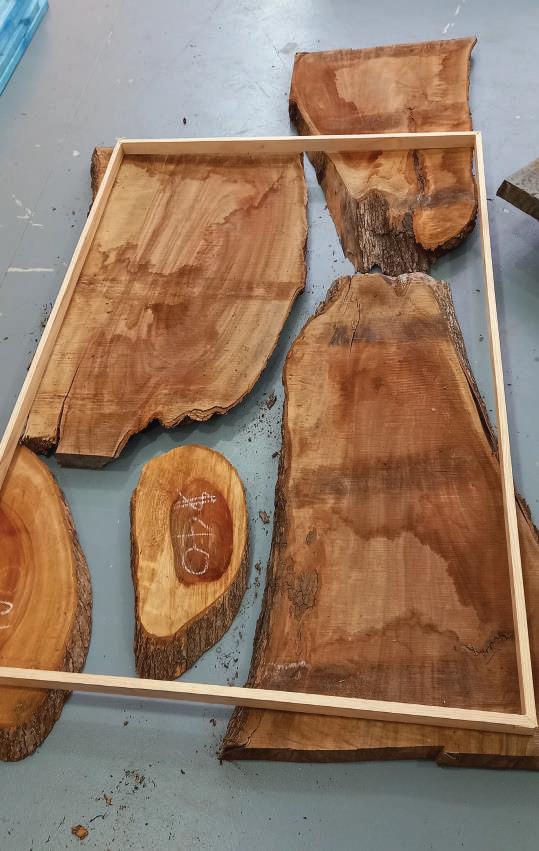
Preparing the timber pieces within the frame
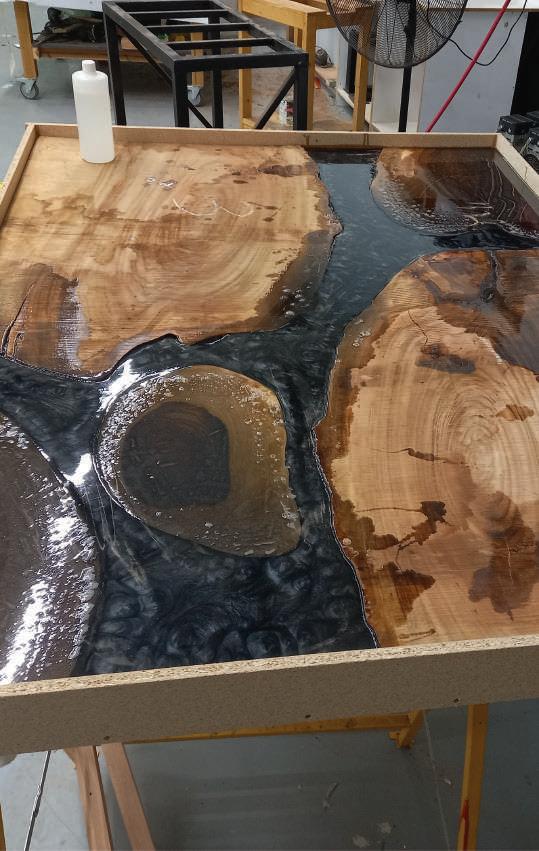
Pigmenting the resin and pouring it
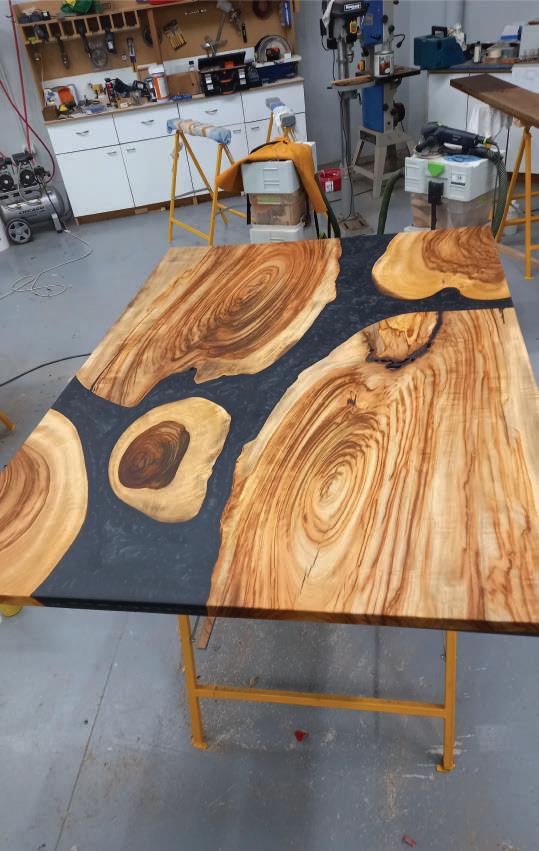
Polishing and finishing the product after drying


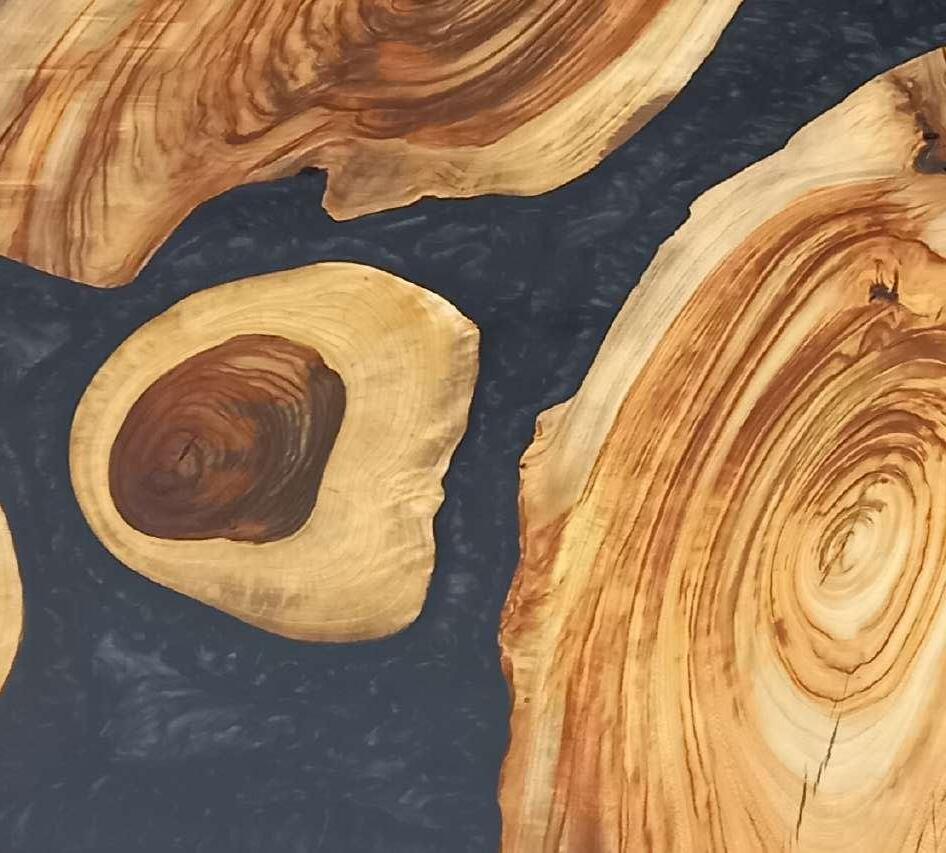
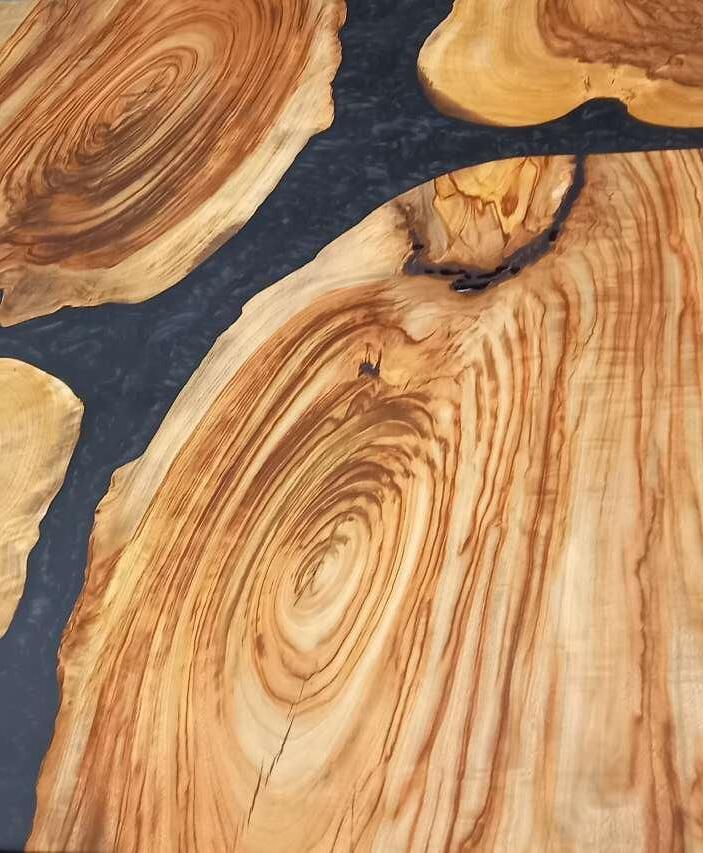







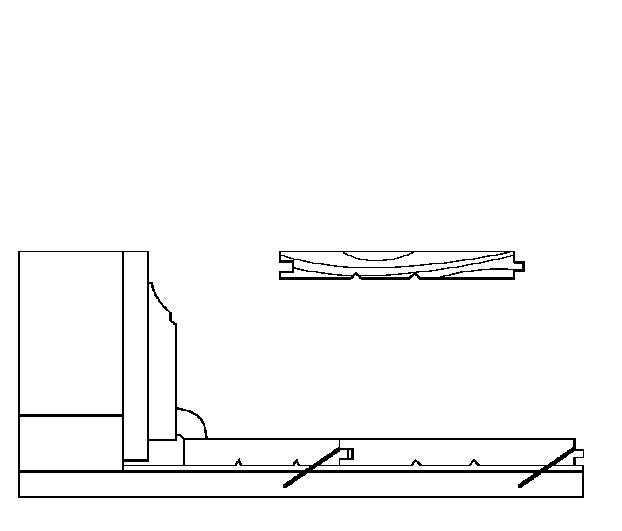
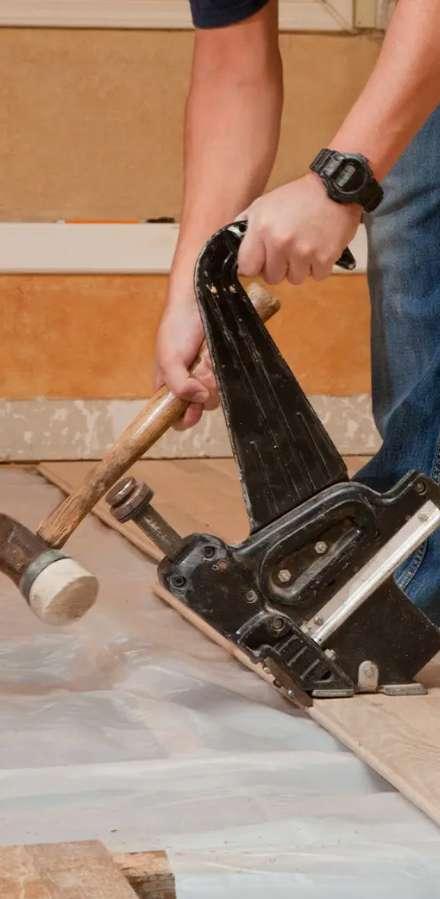
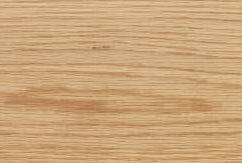
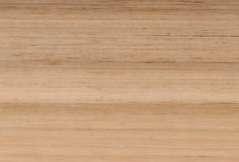
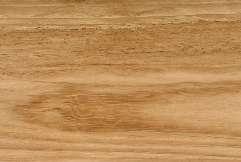
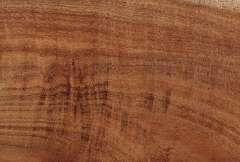
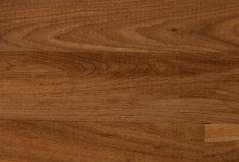
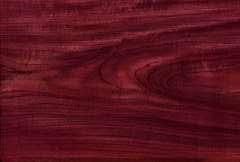


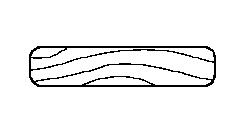
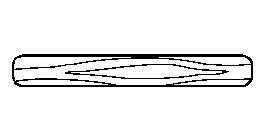
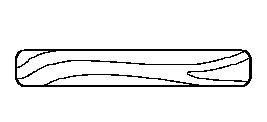
Decking 90 x 19 mm
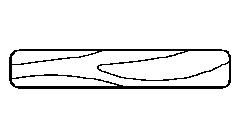
Decking 140 x 25 mm
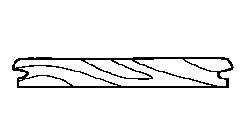
Deck-Max 137 x 19 mm
Decking 140x19 mm
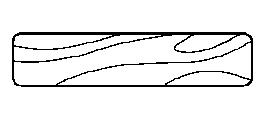
Decking 140 x 32 mm
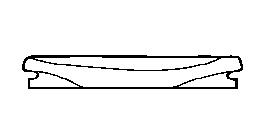
Deck-Max 136 x 22 mm
Decking 140 x 22 mm
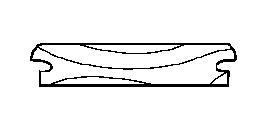
Deck-Max 87 x 19 mm
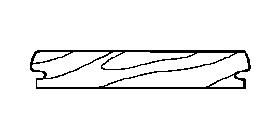
Deck-Max 136 x 25 mm








